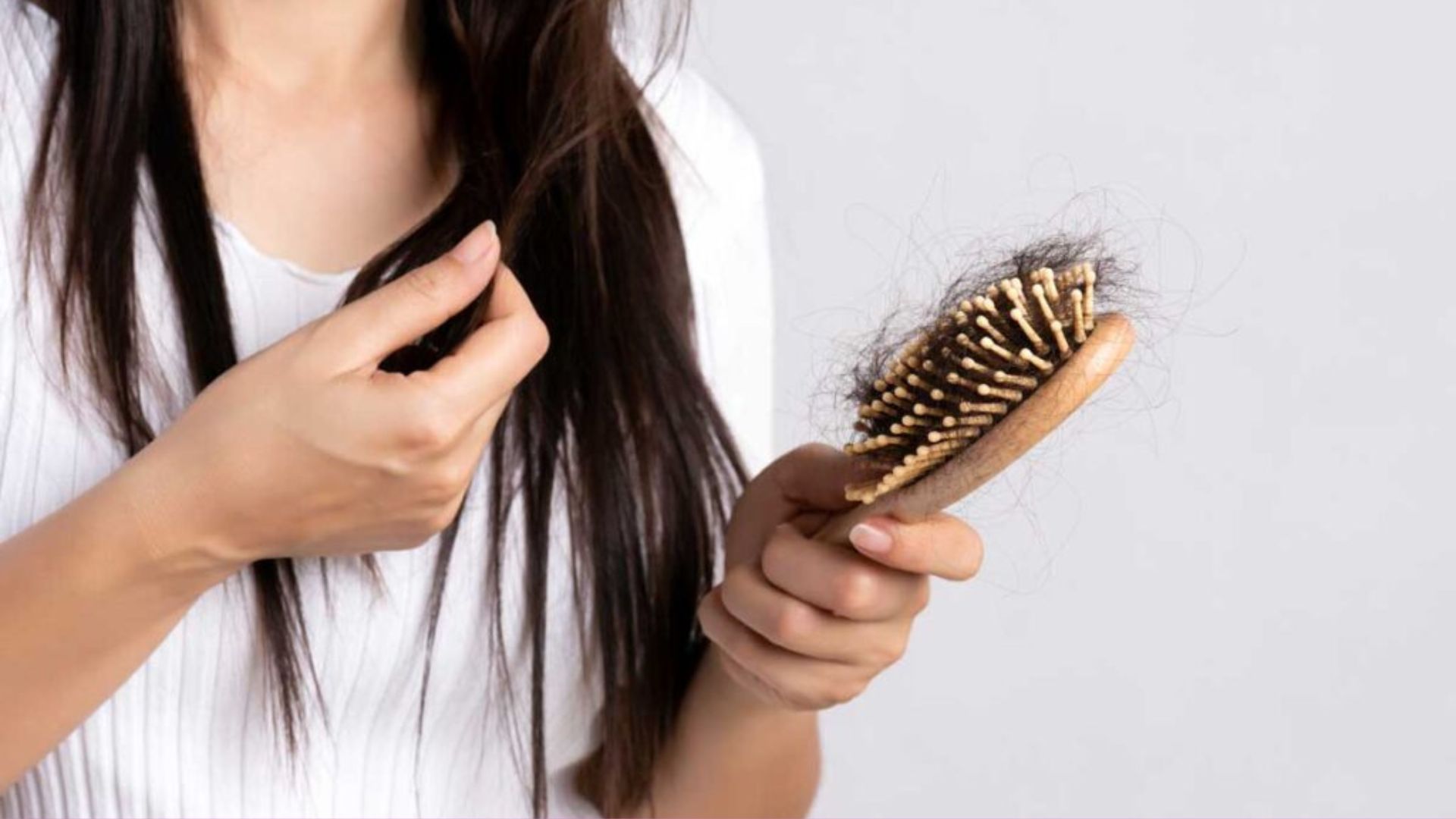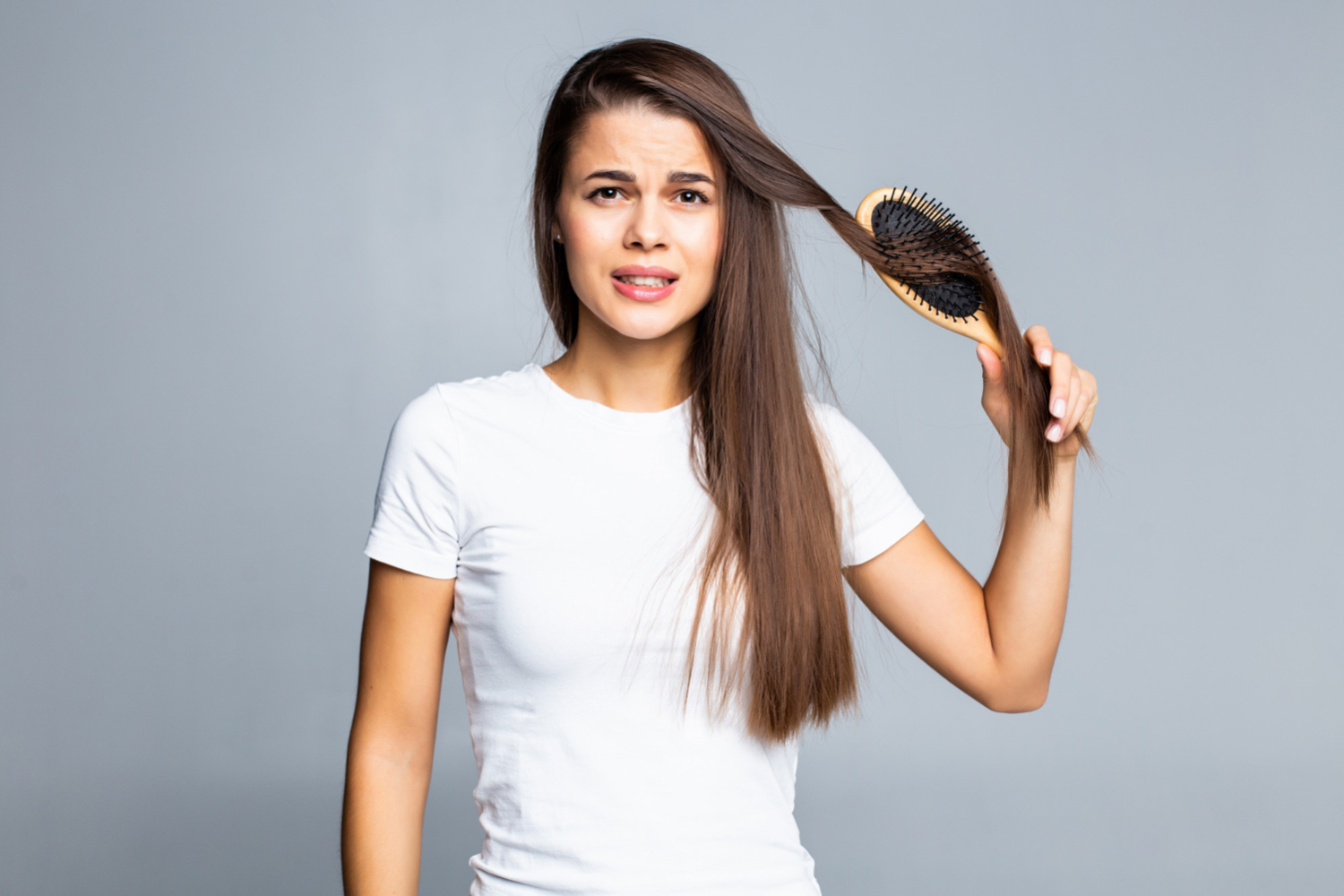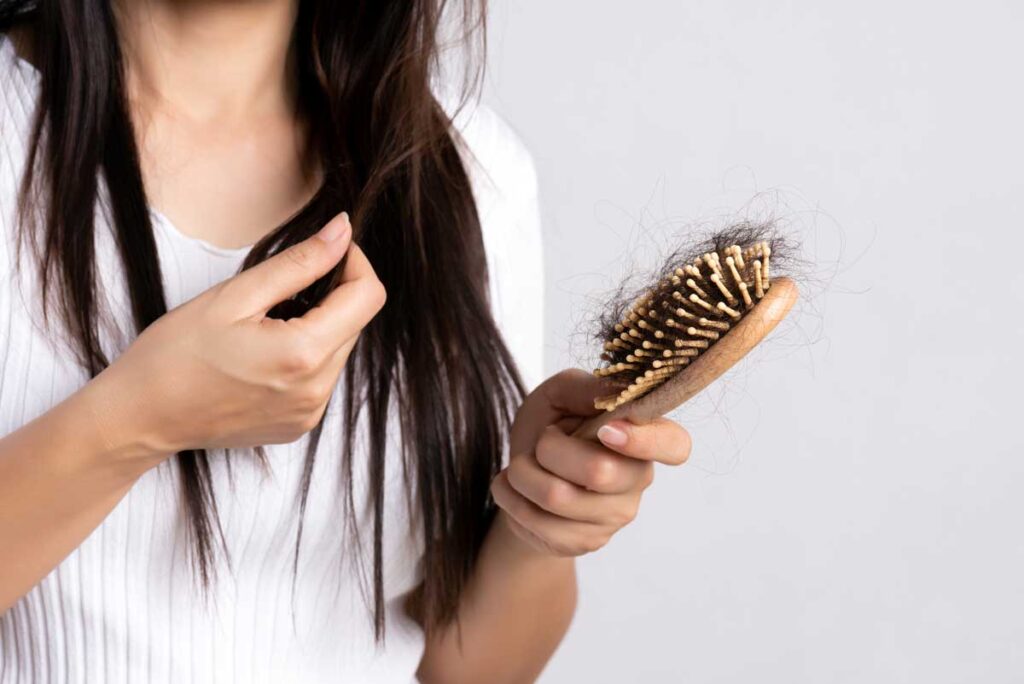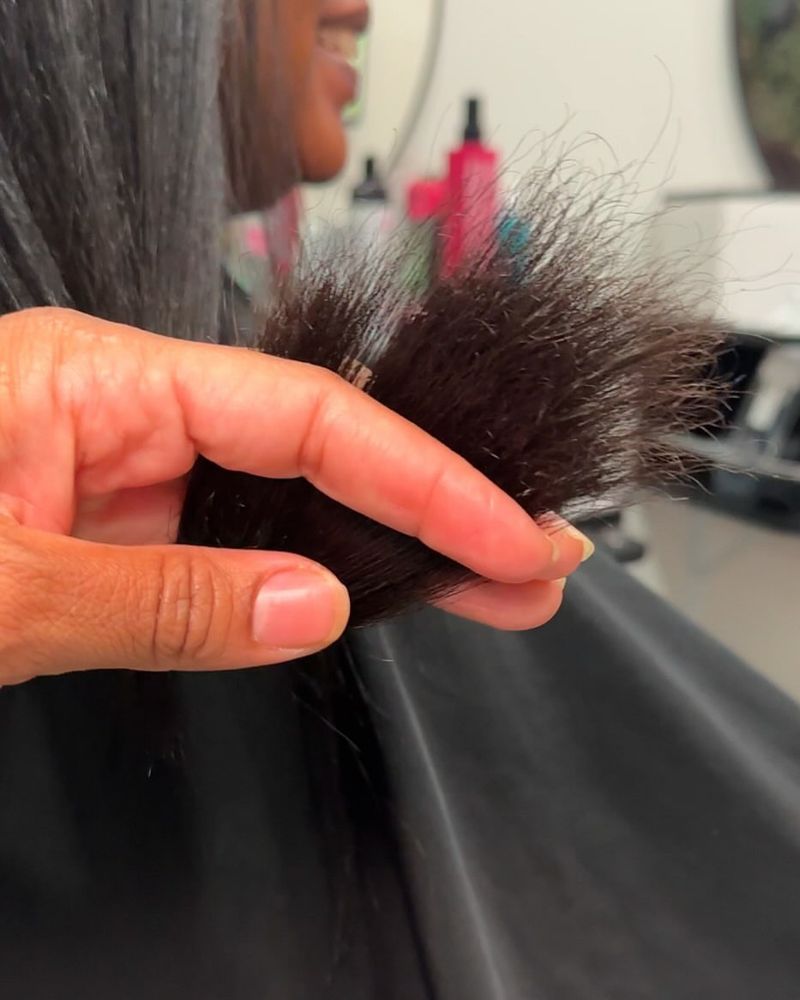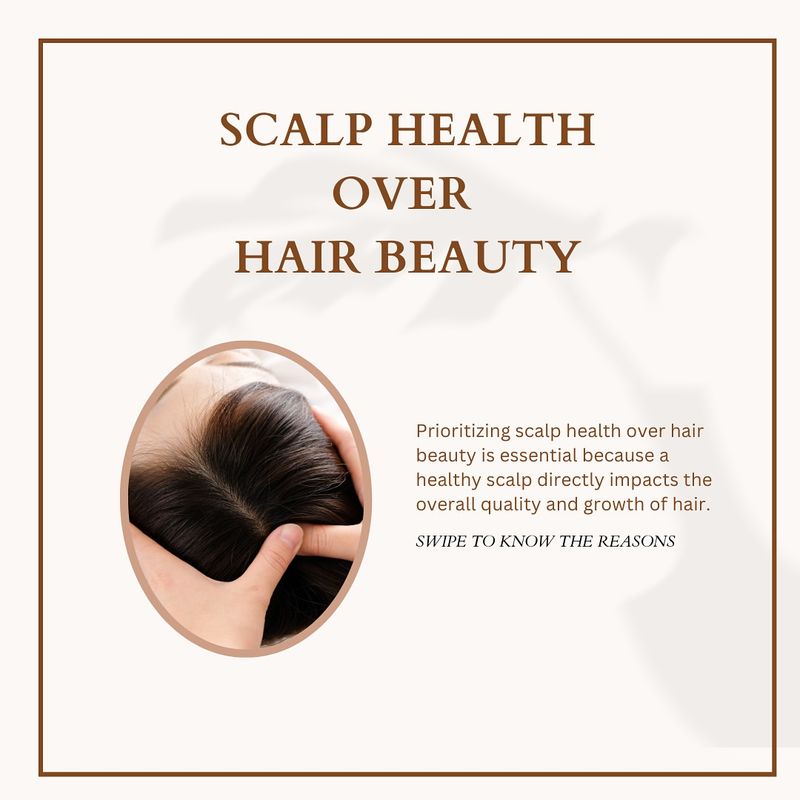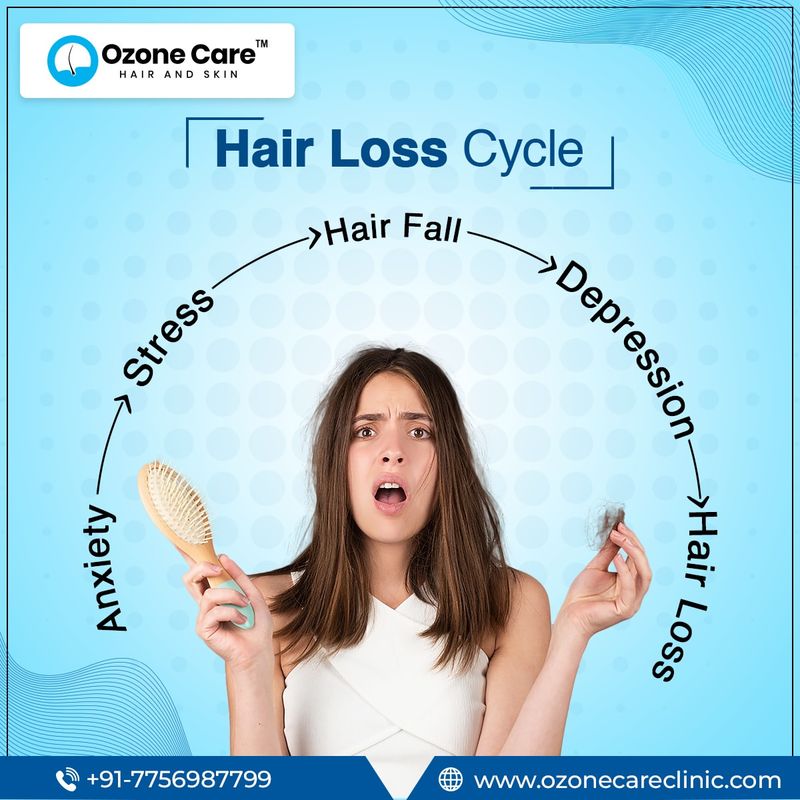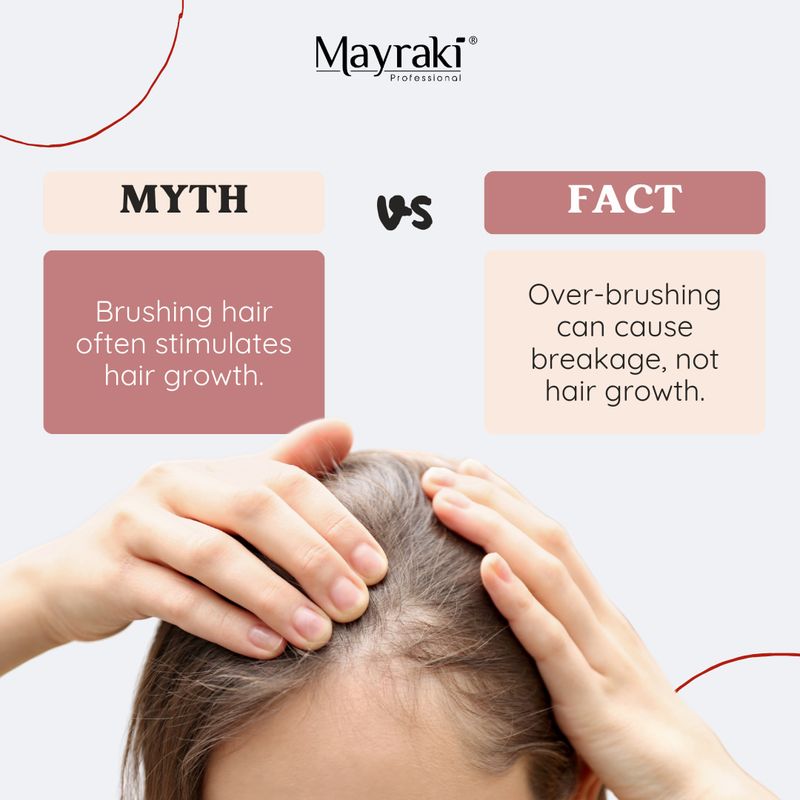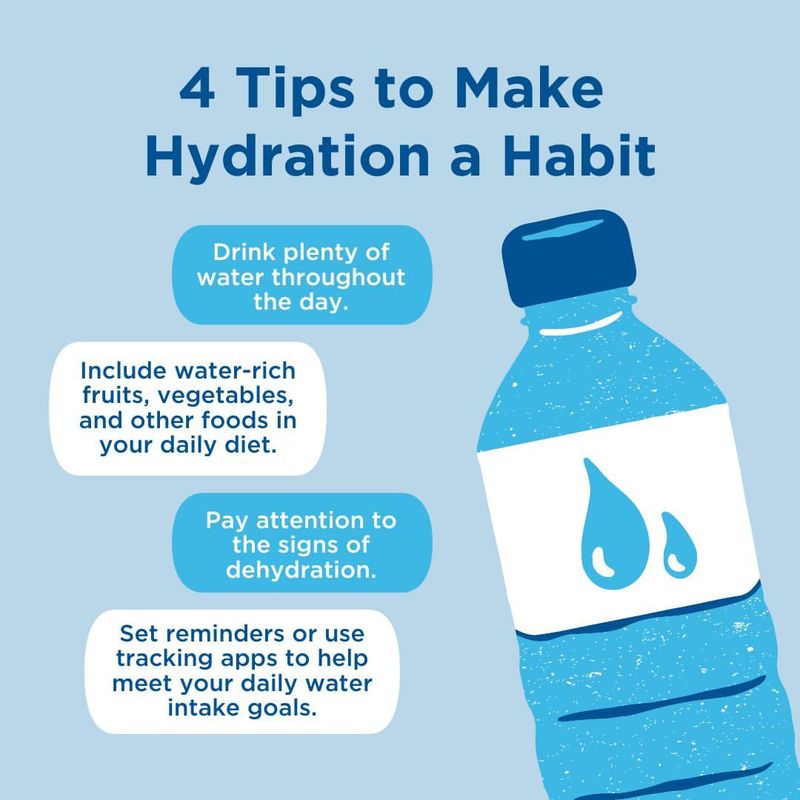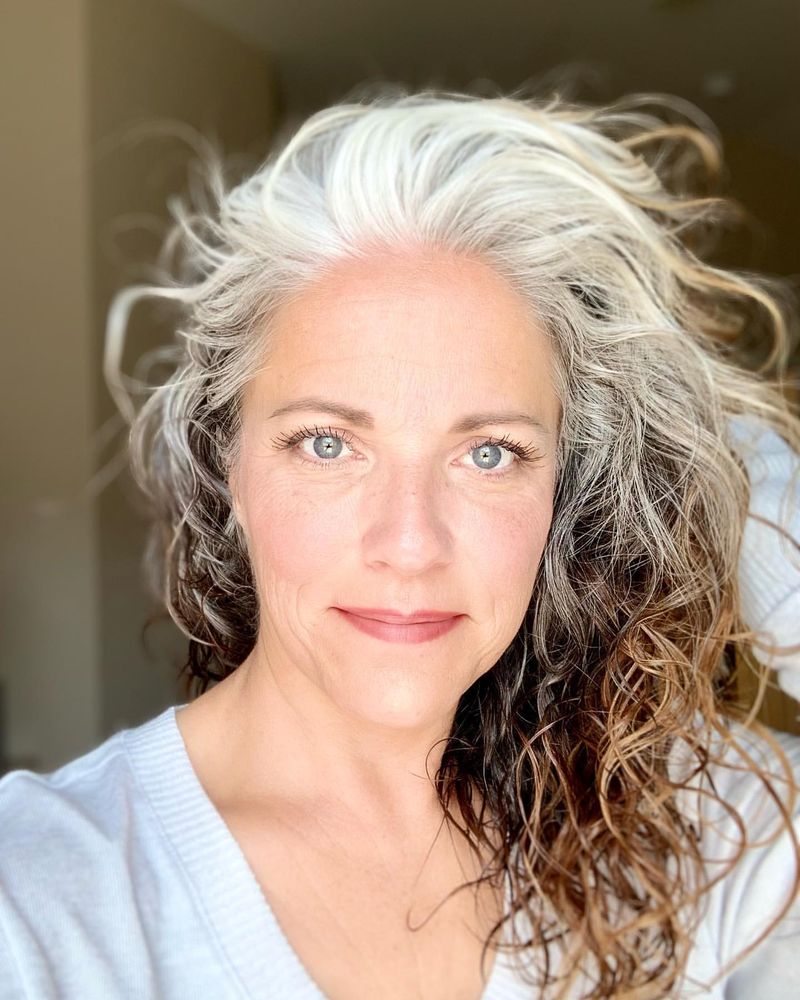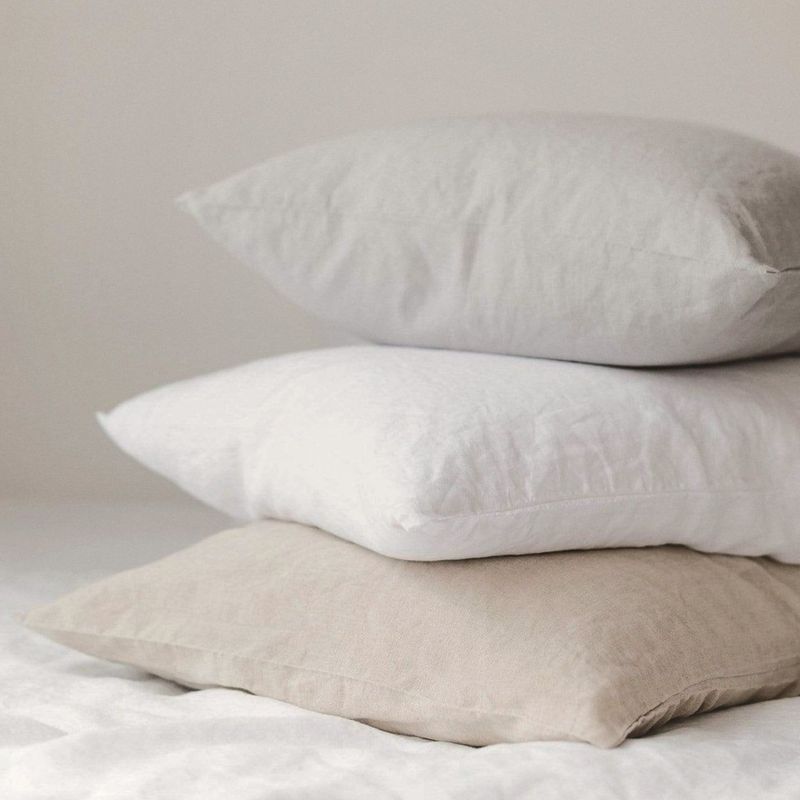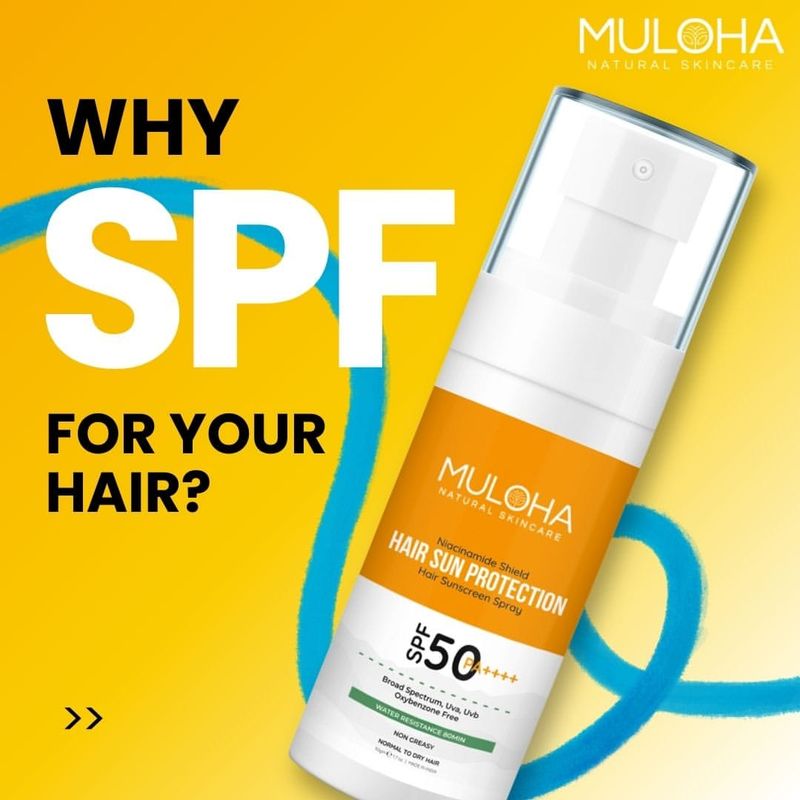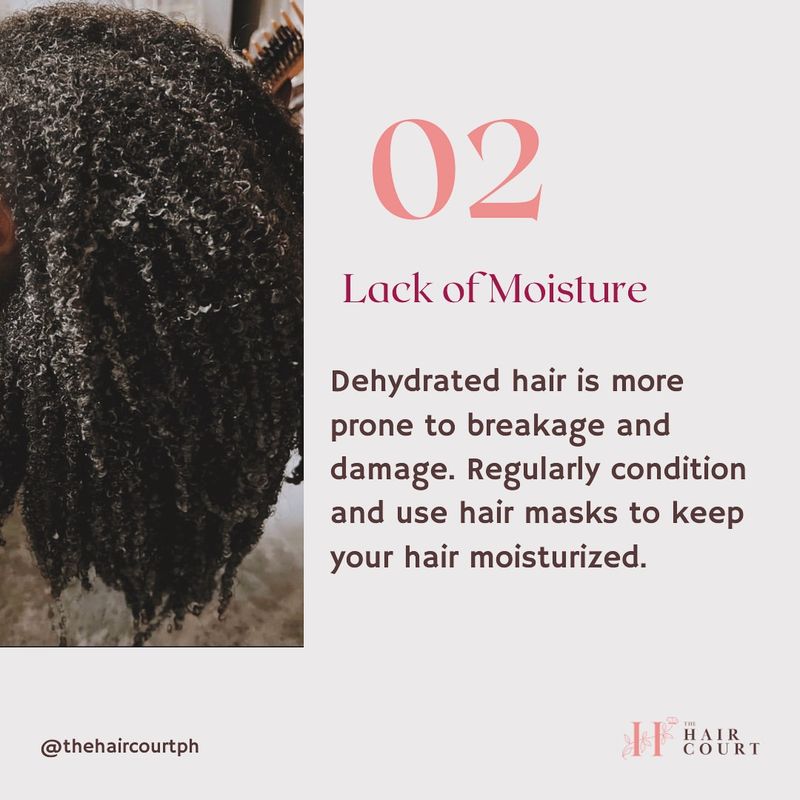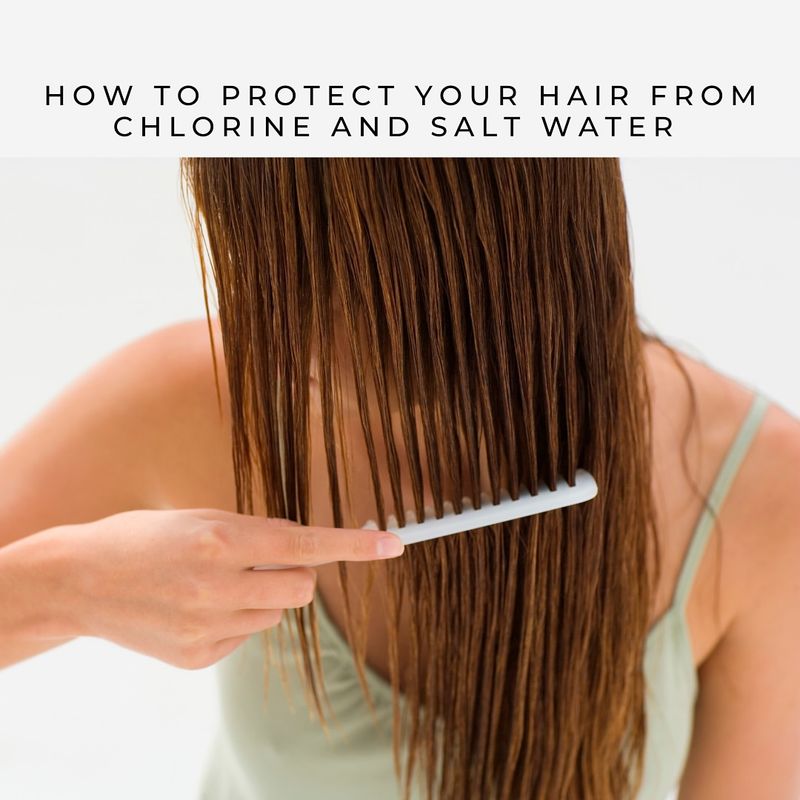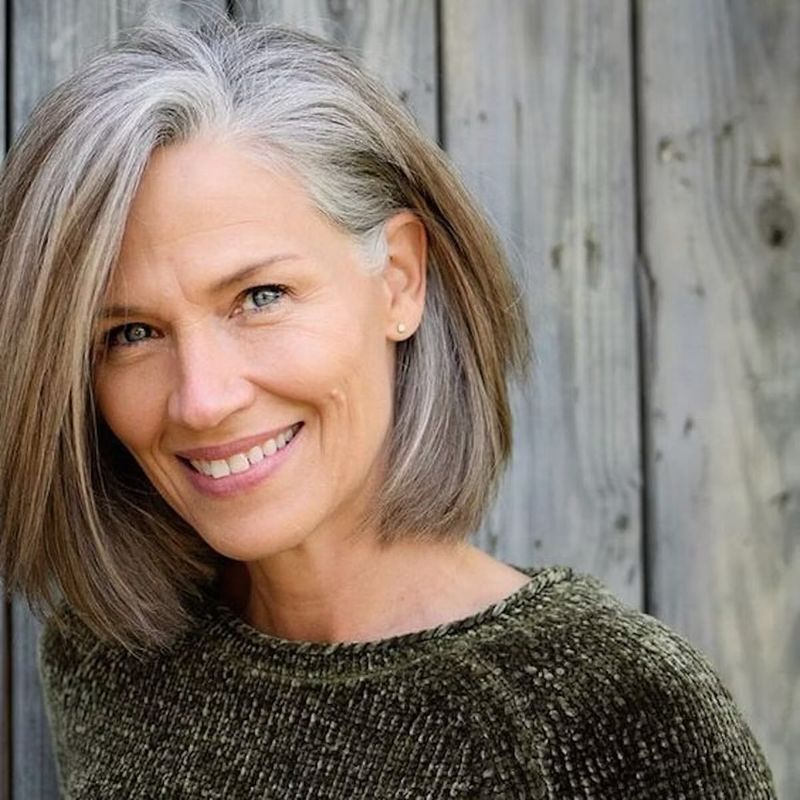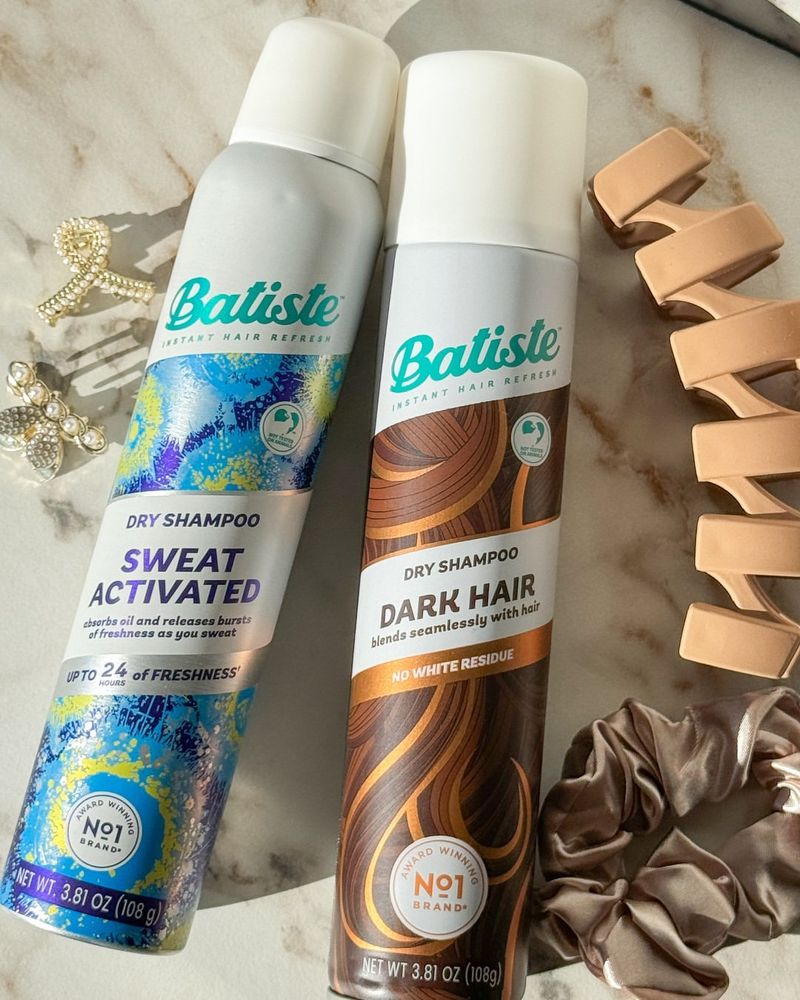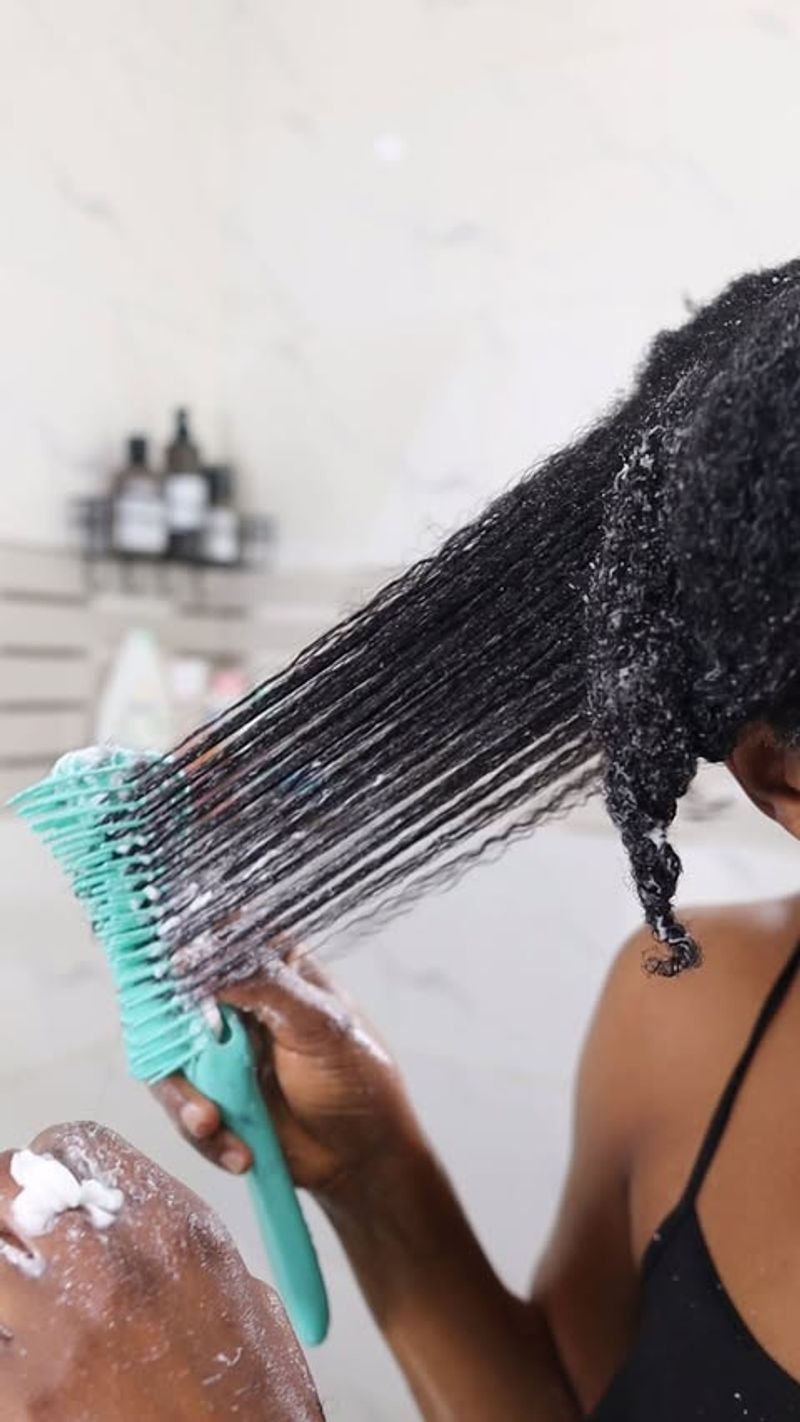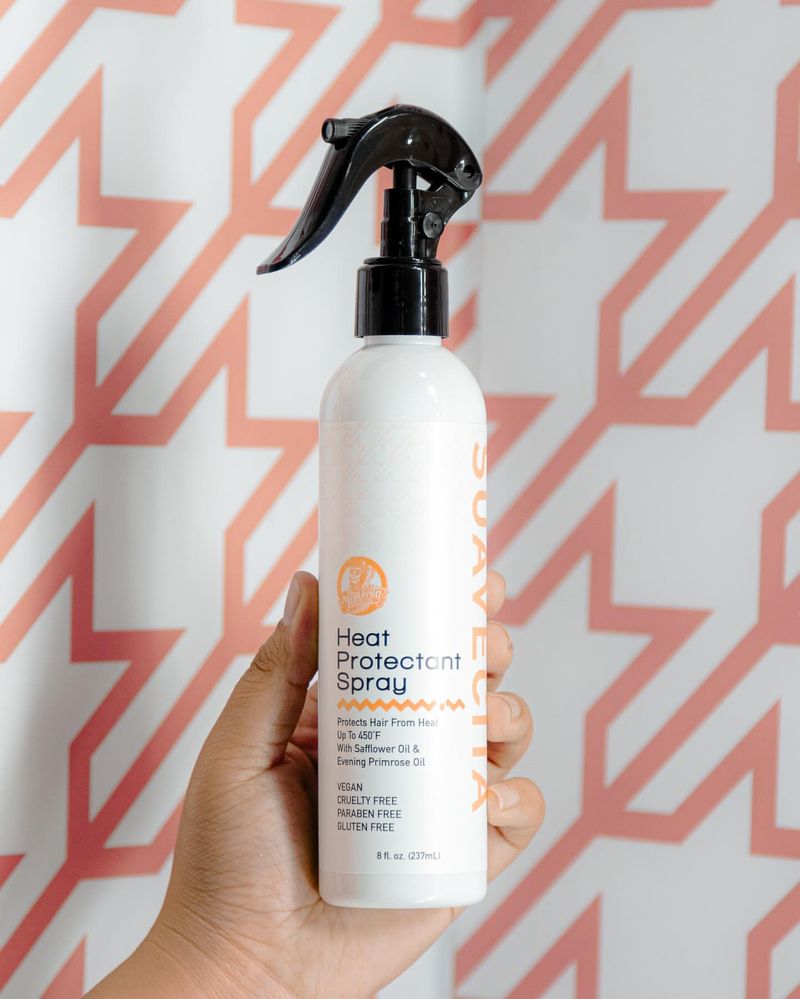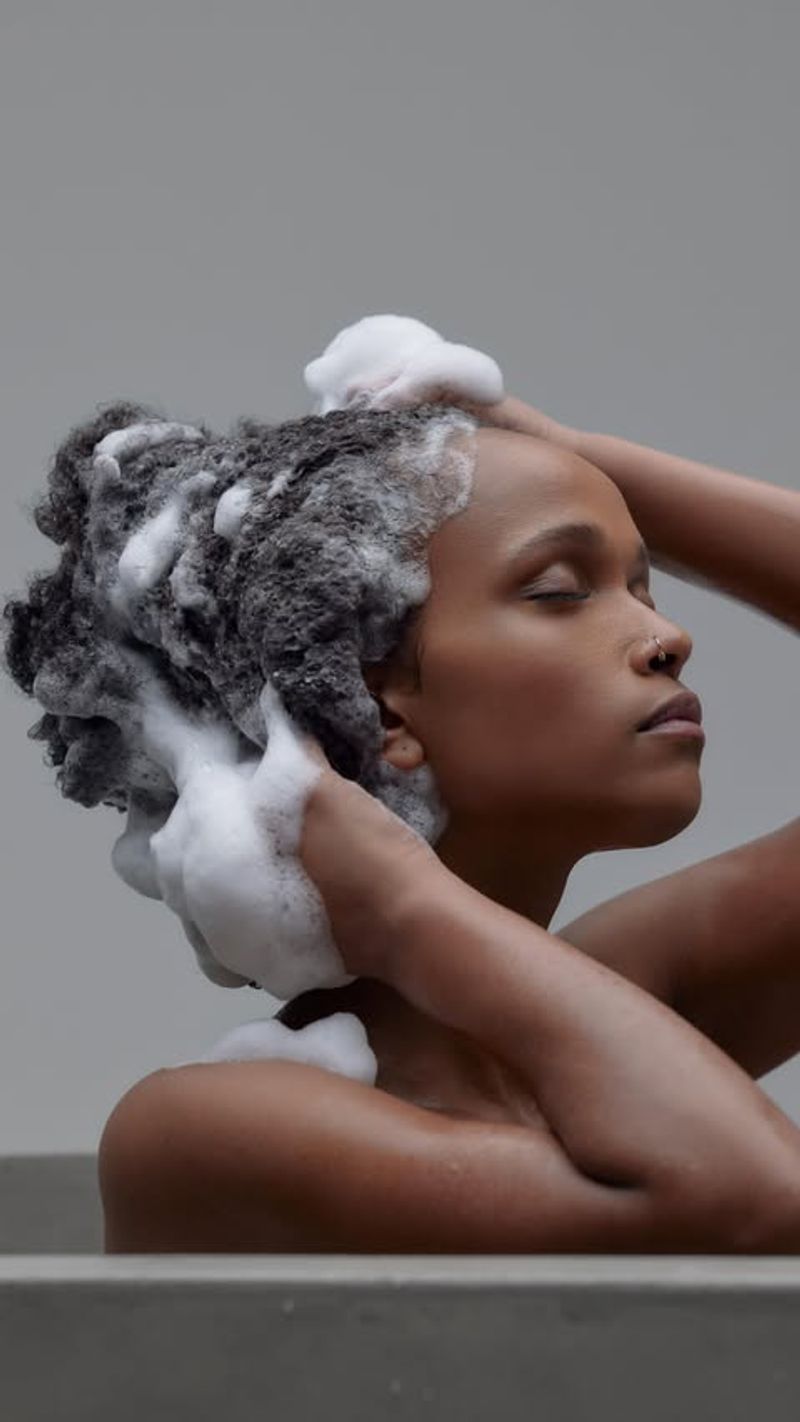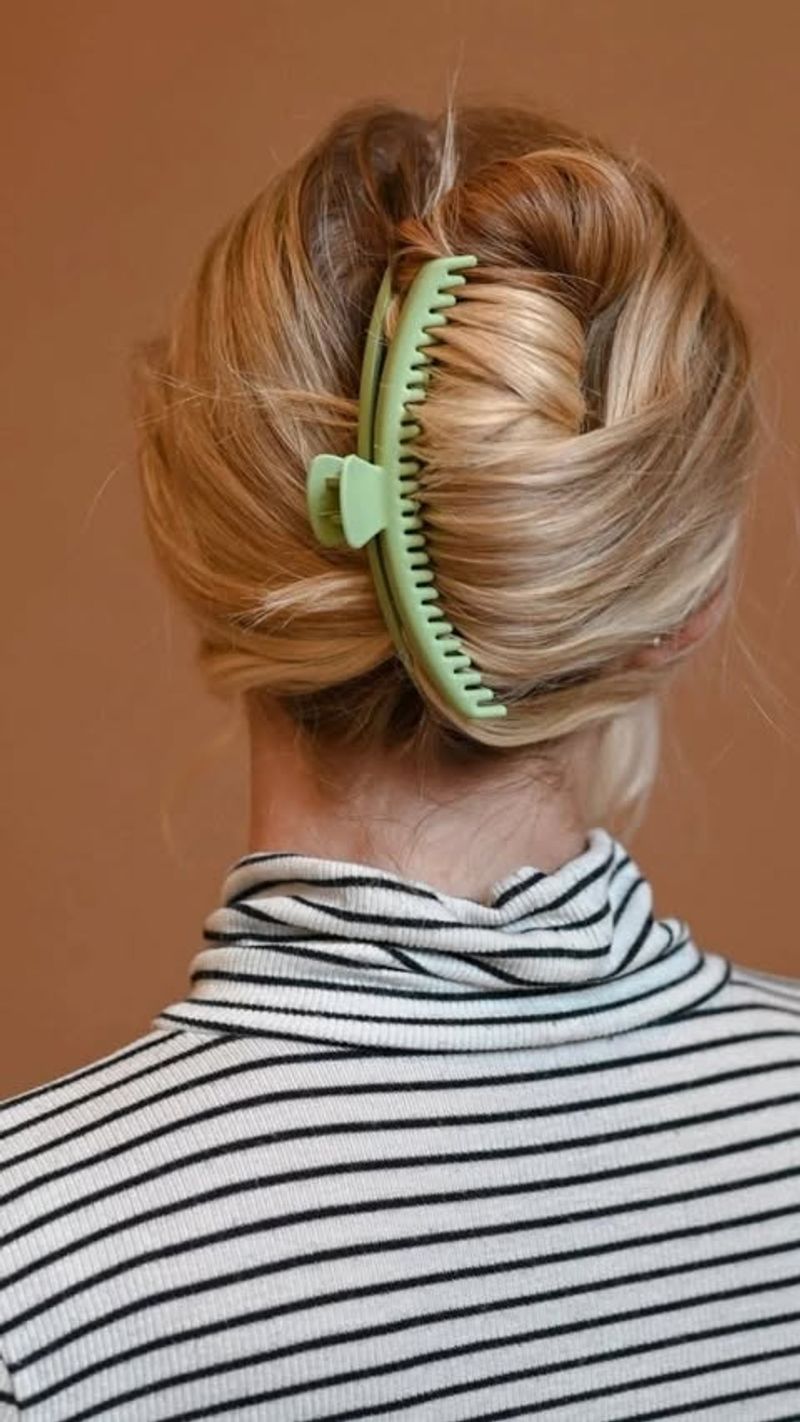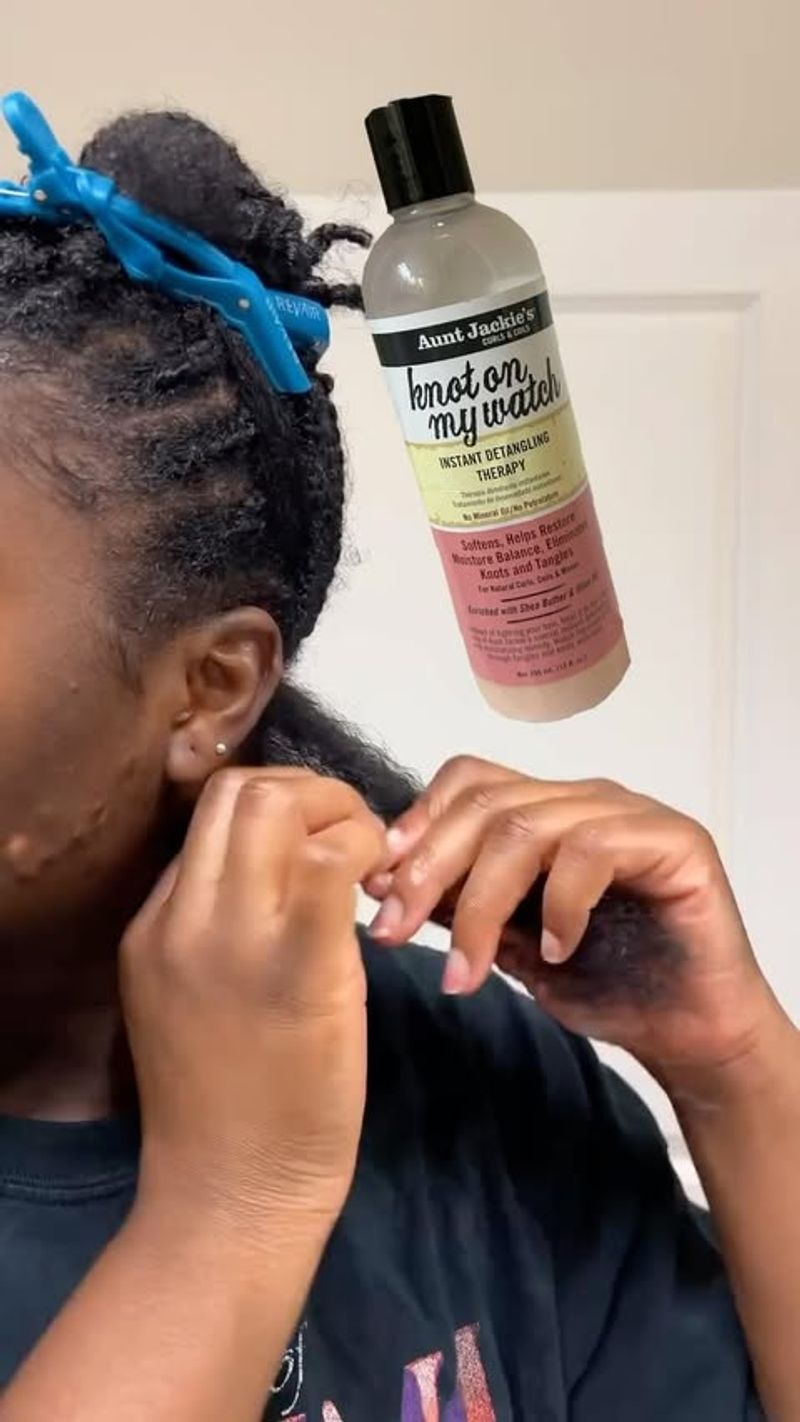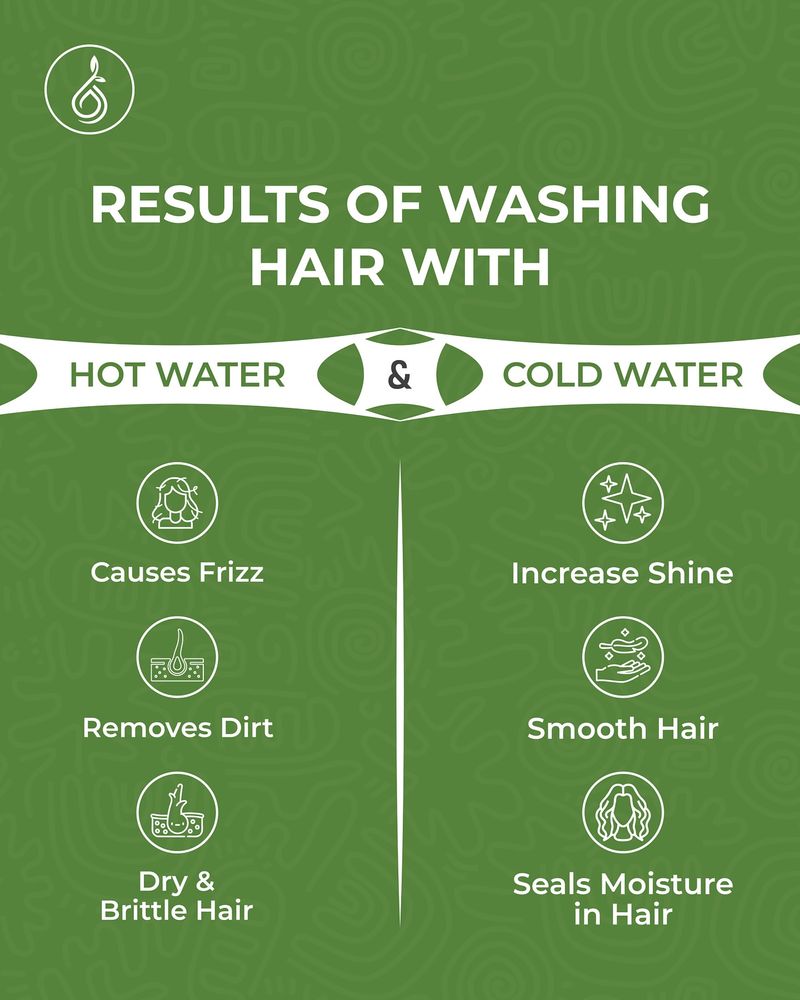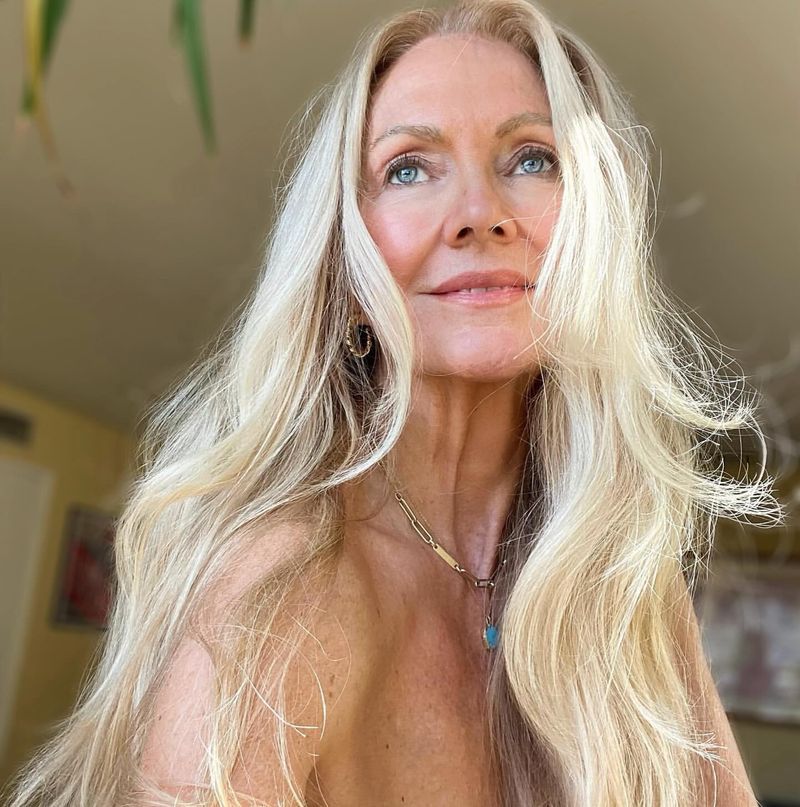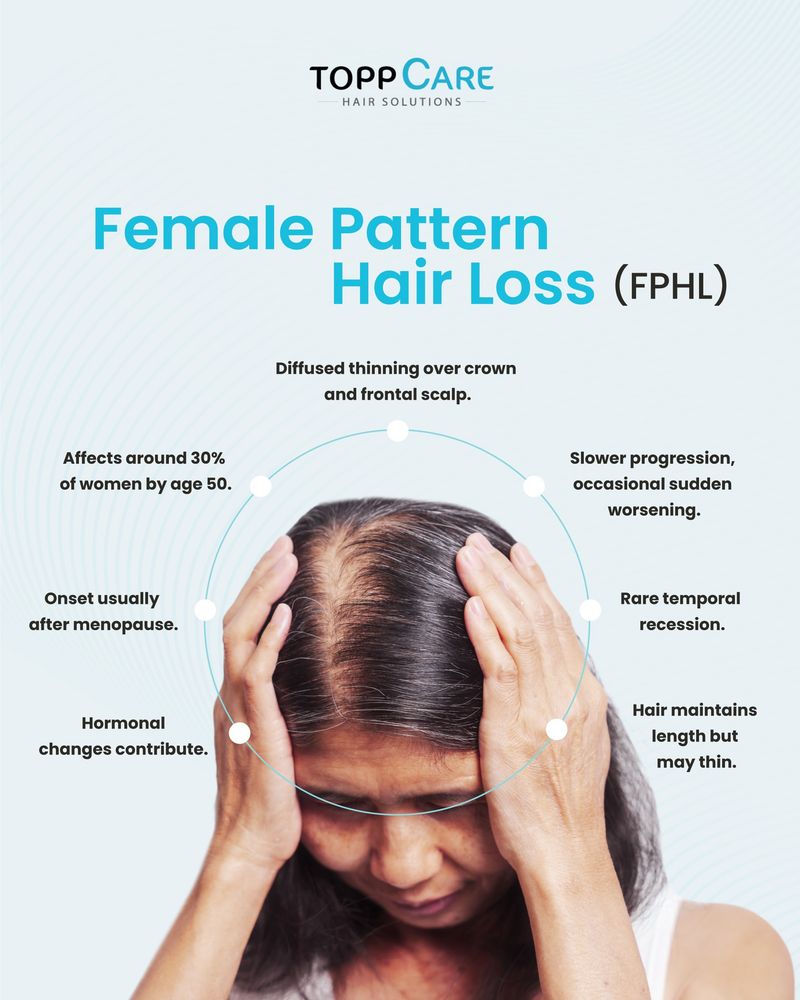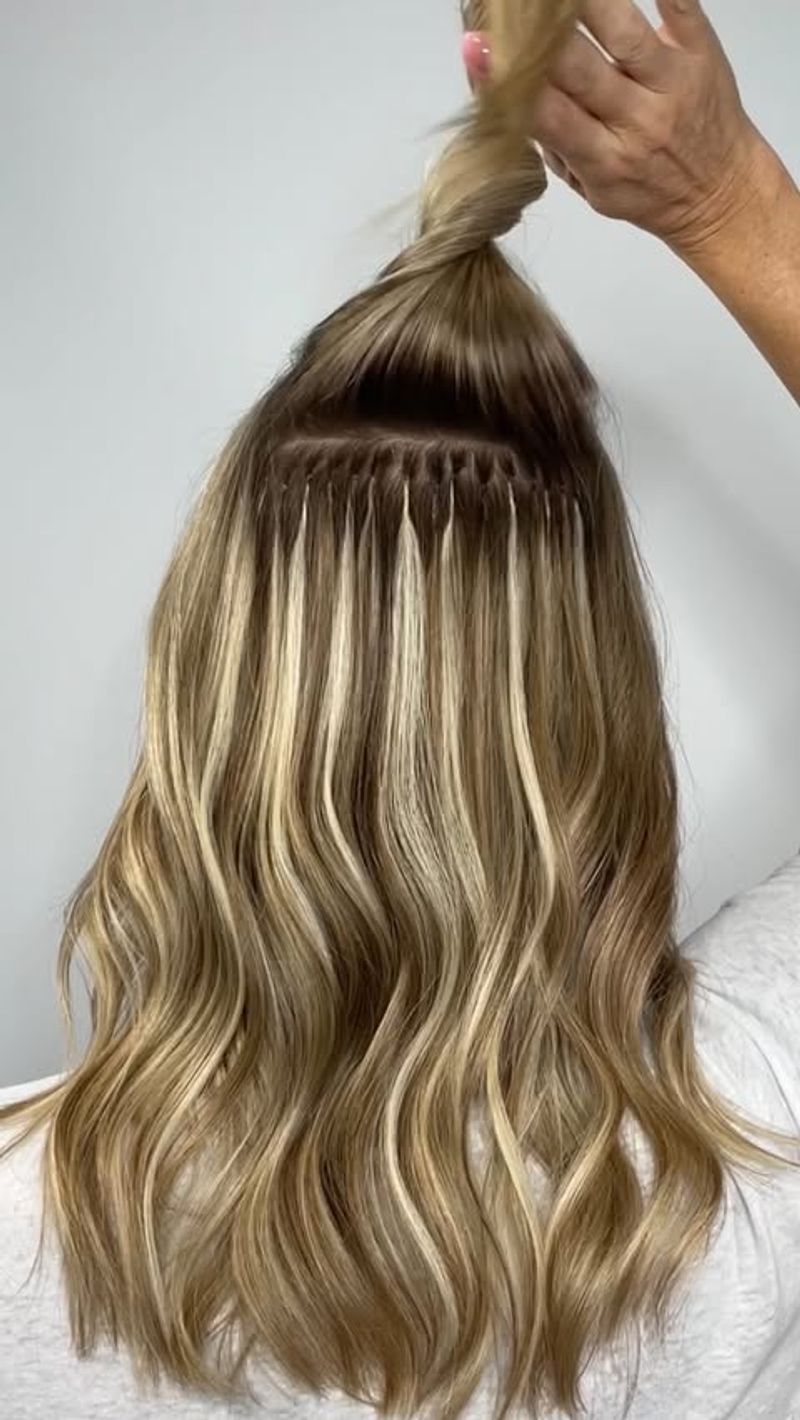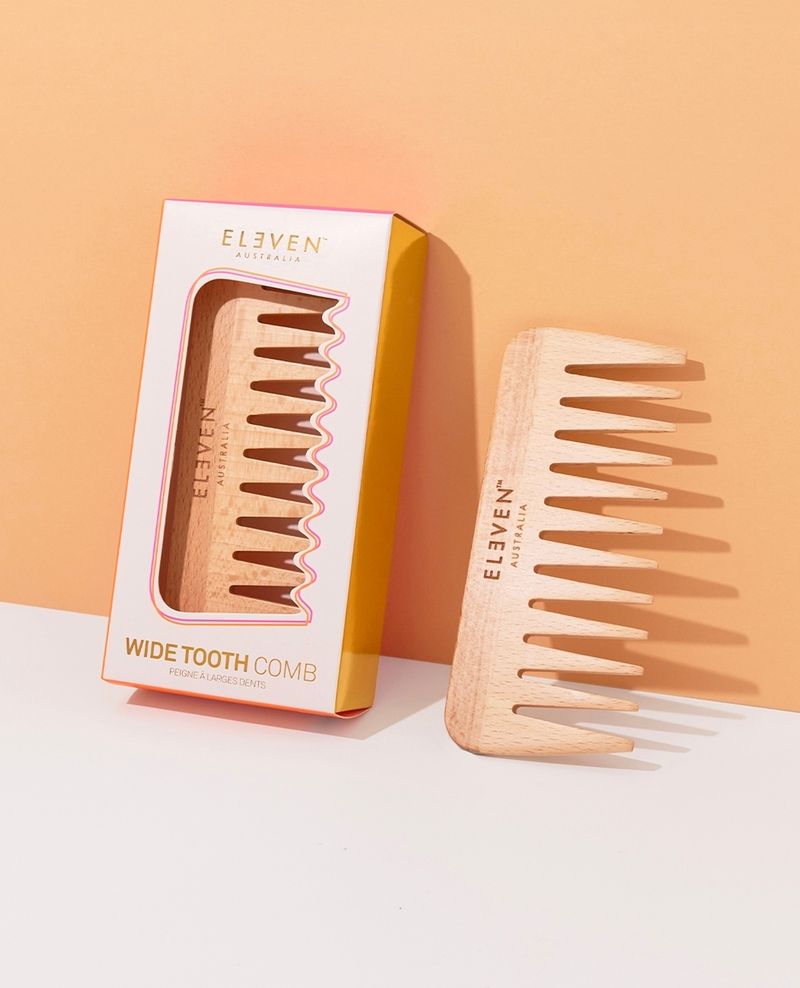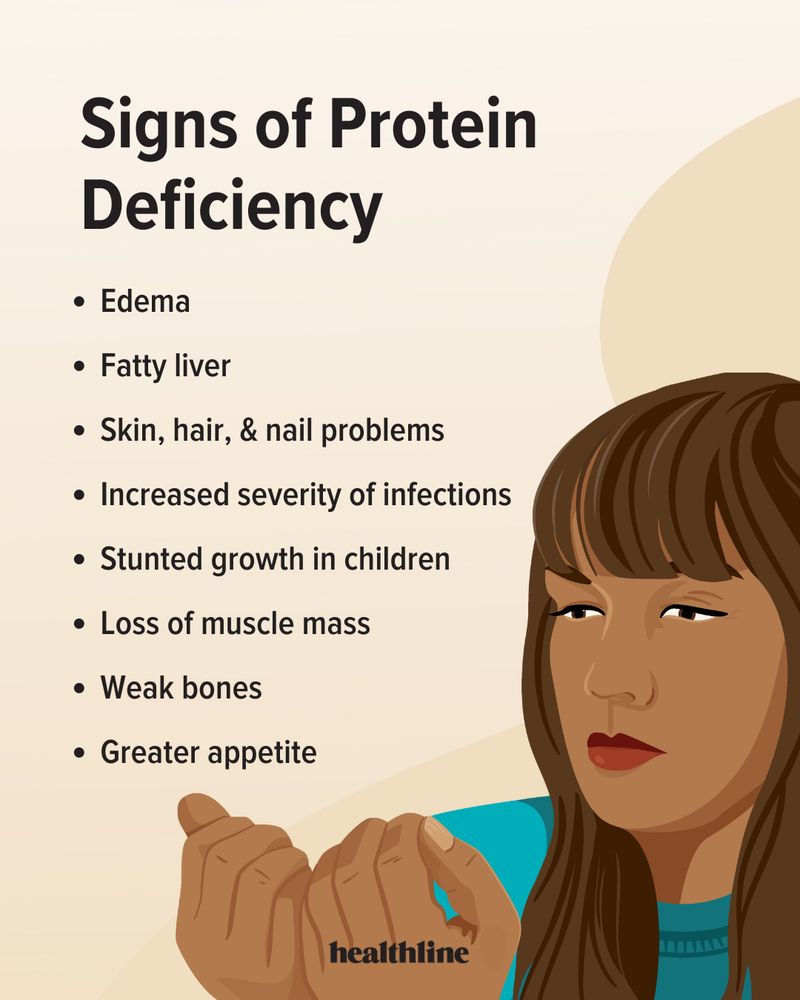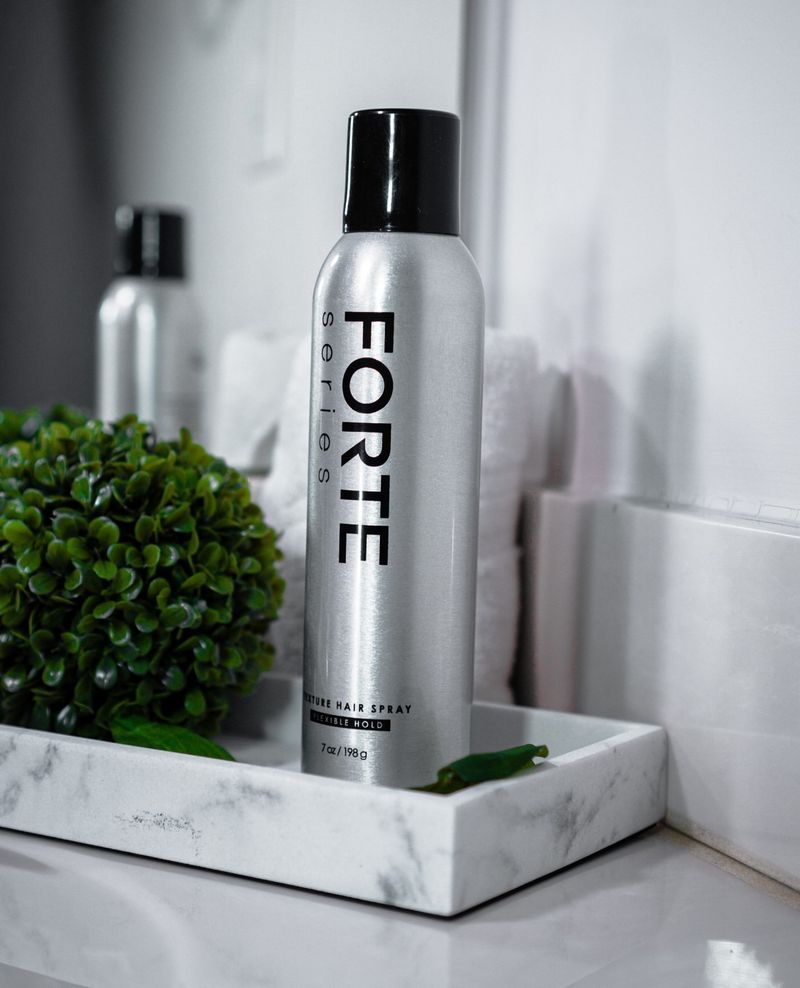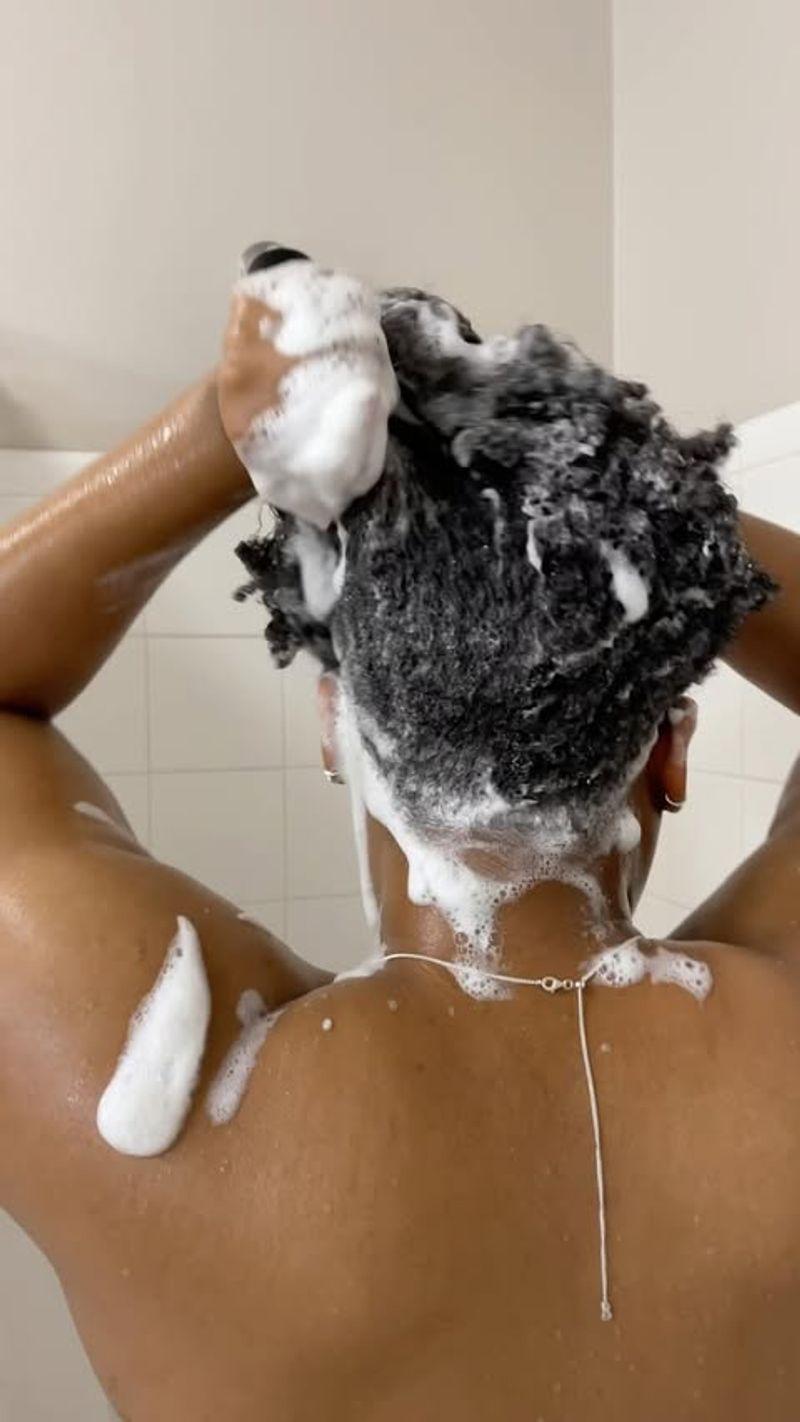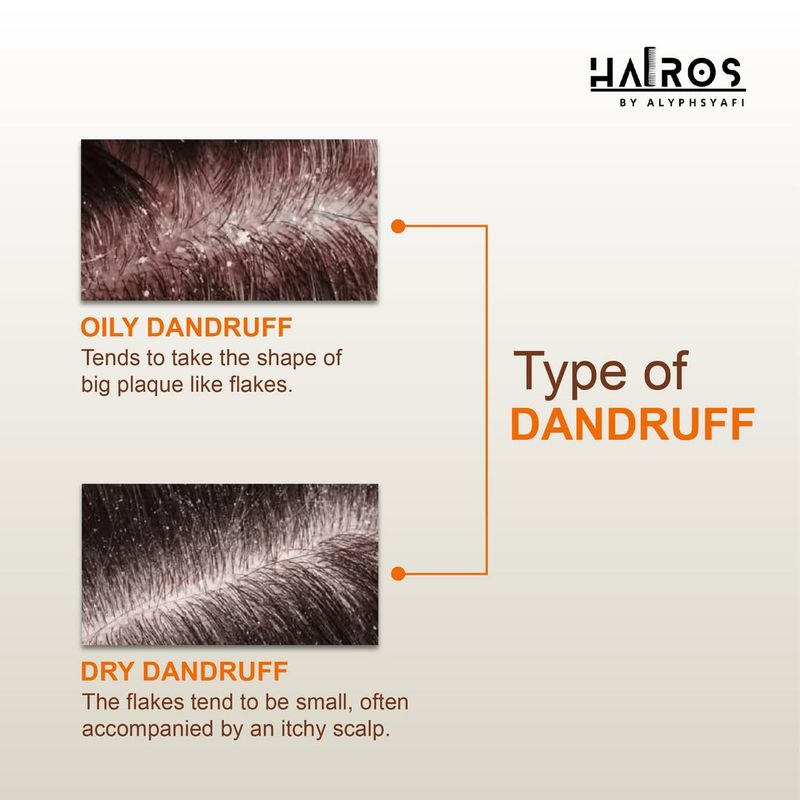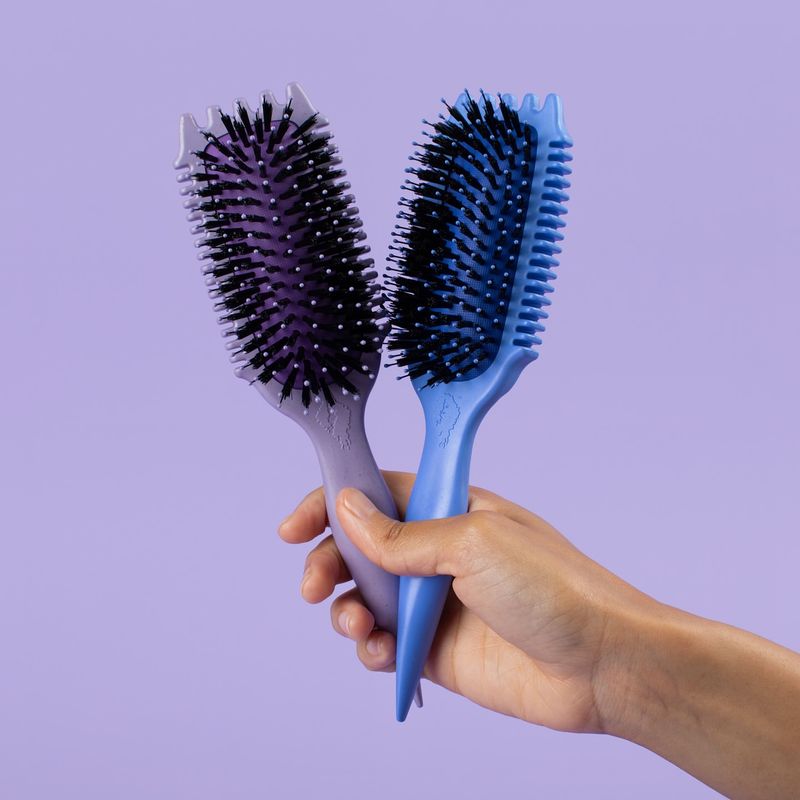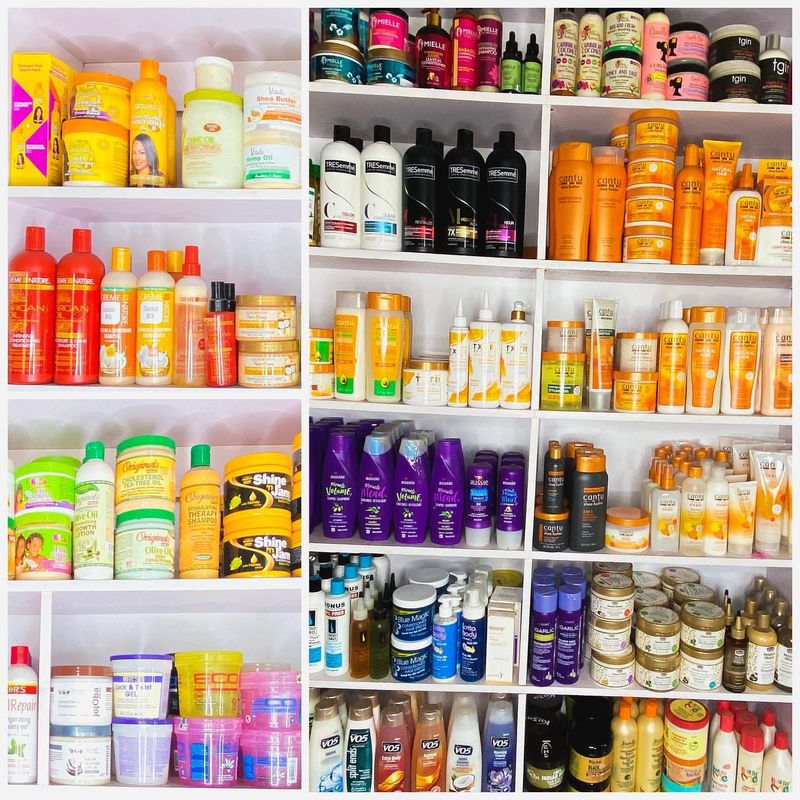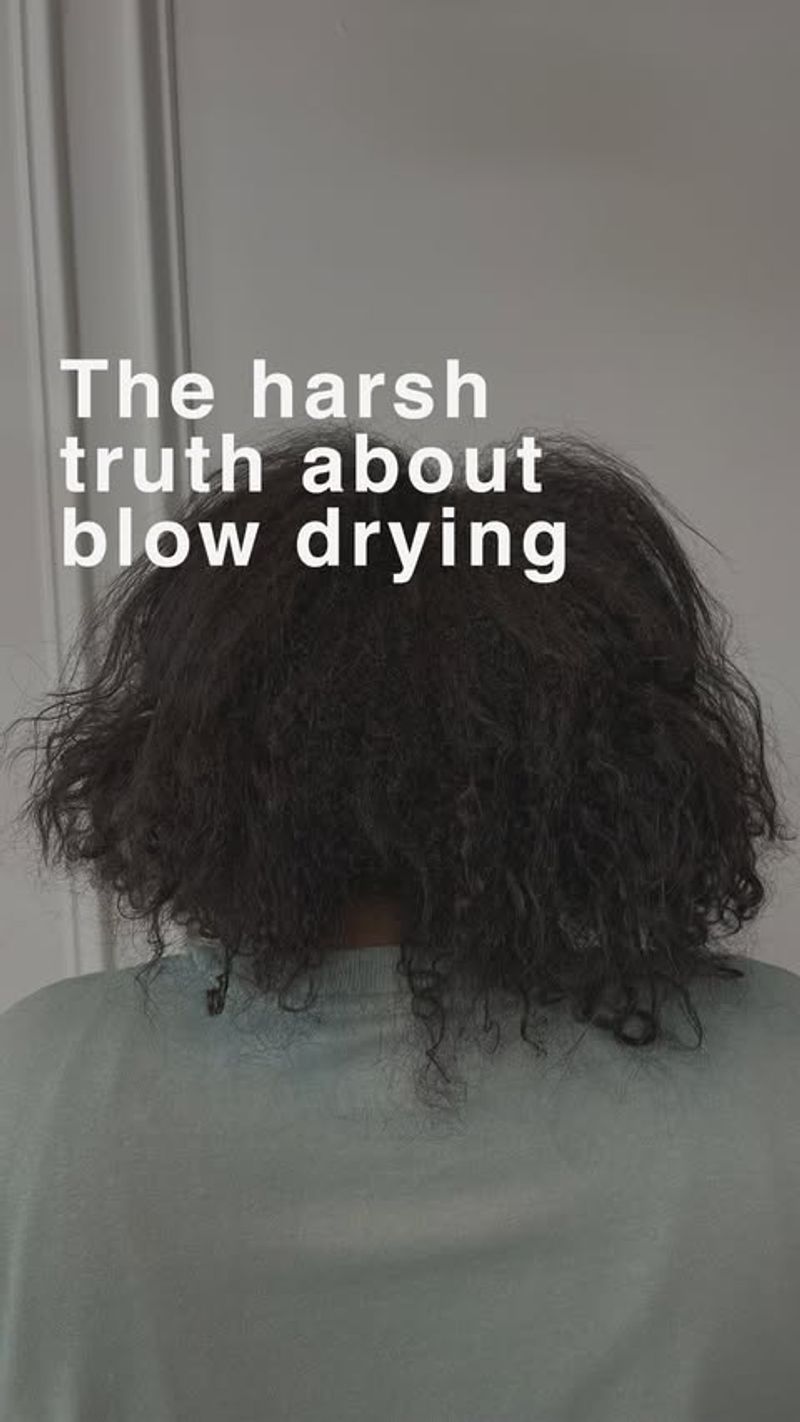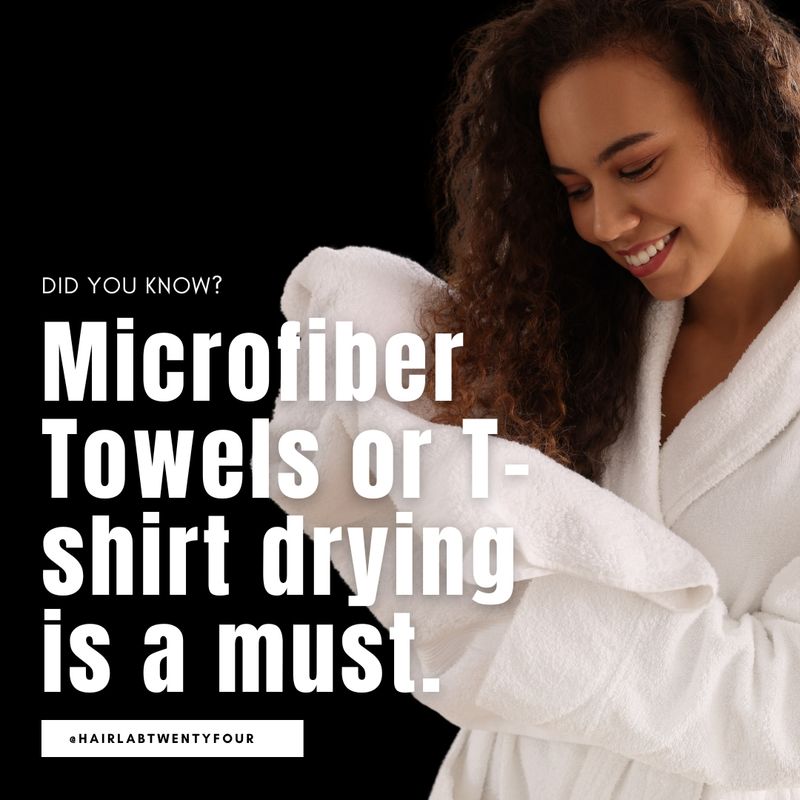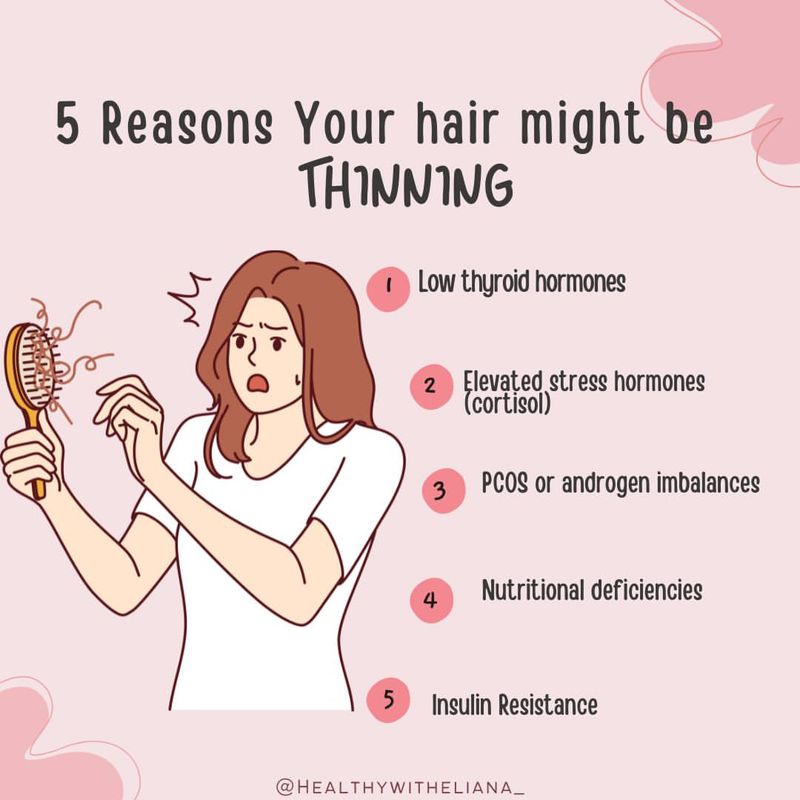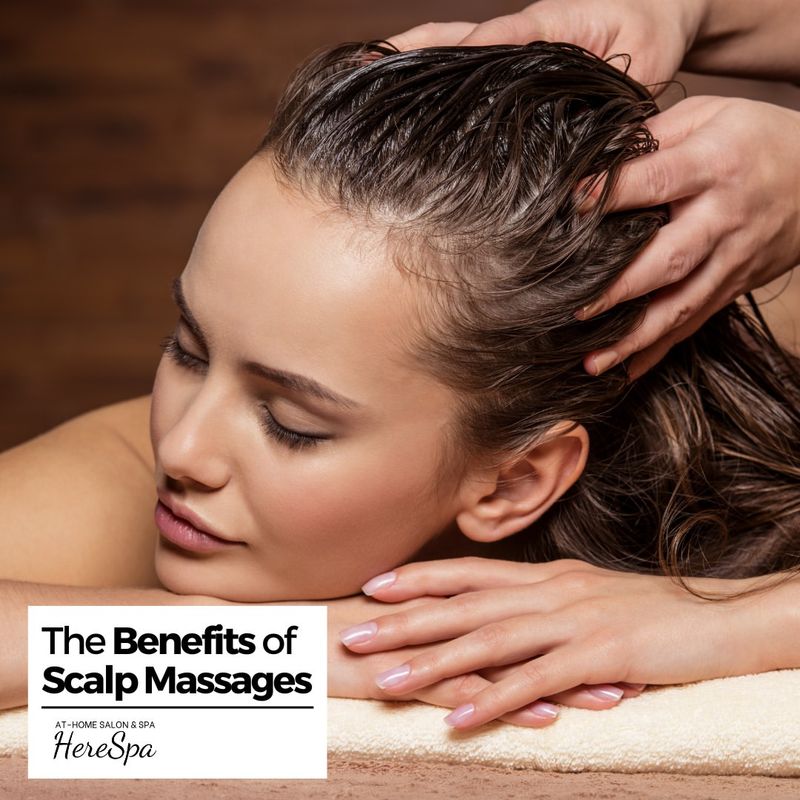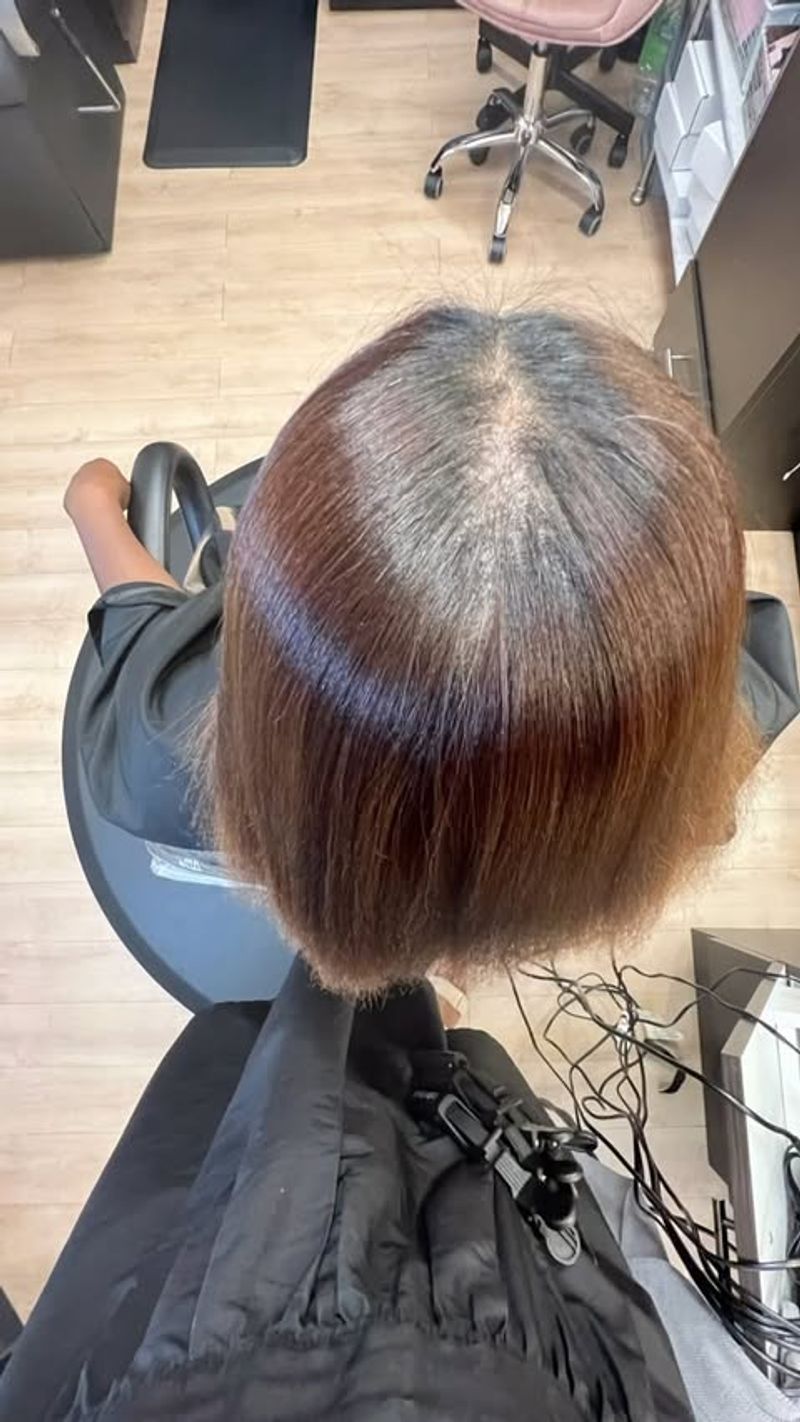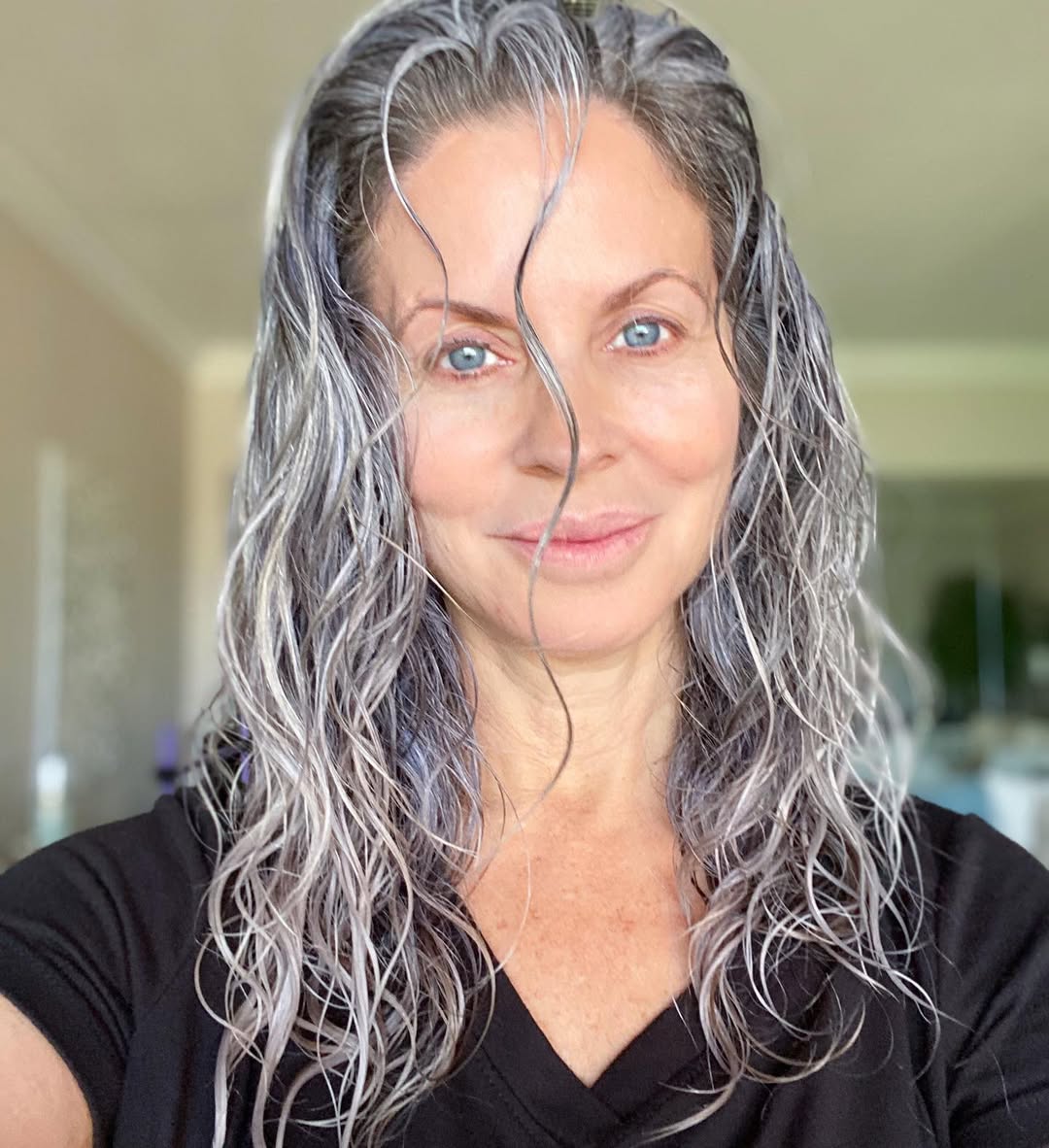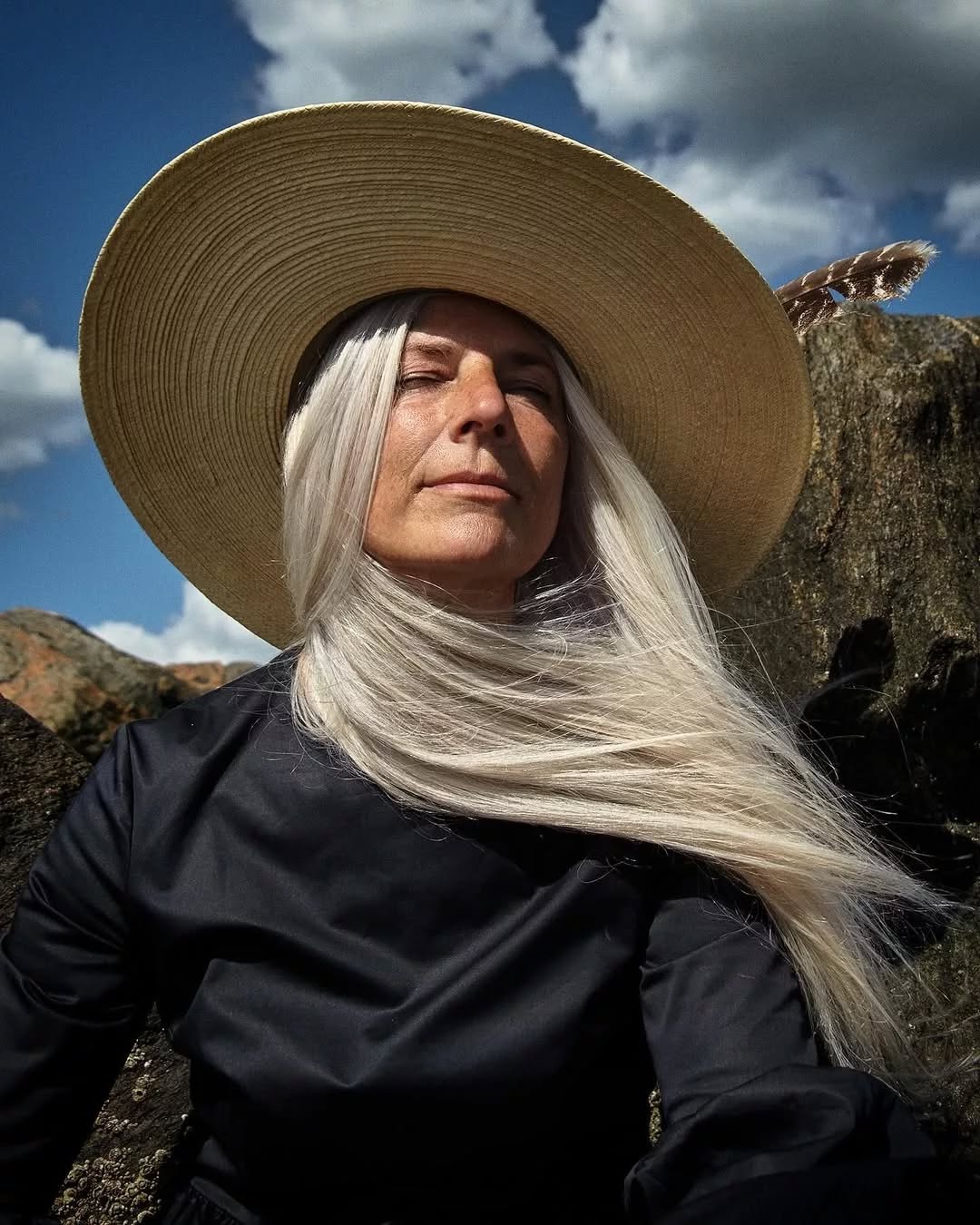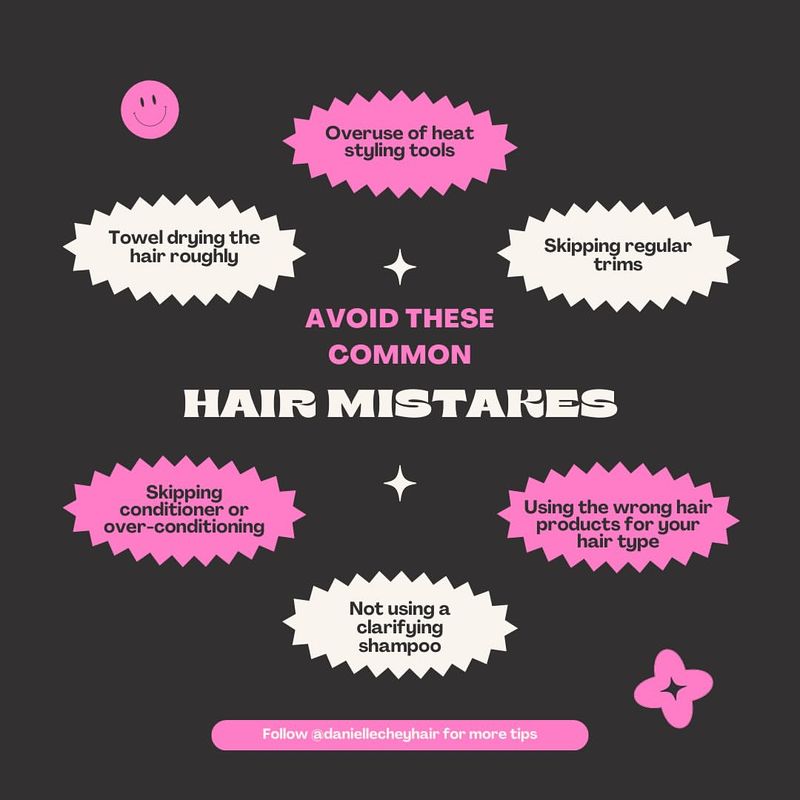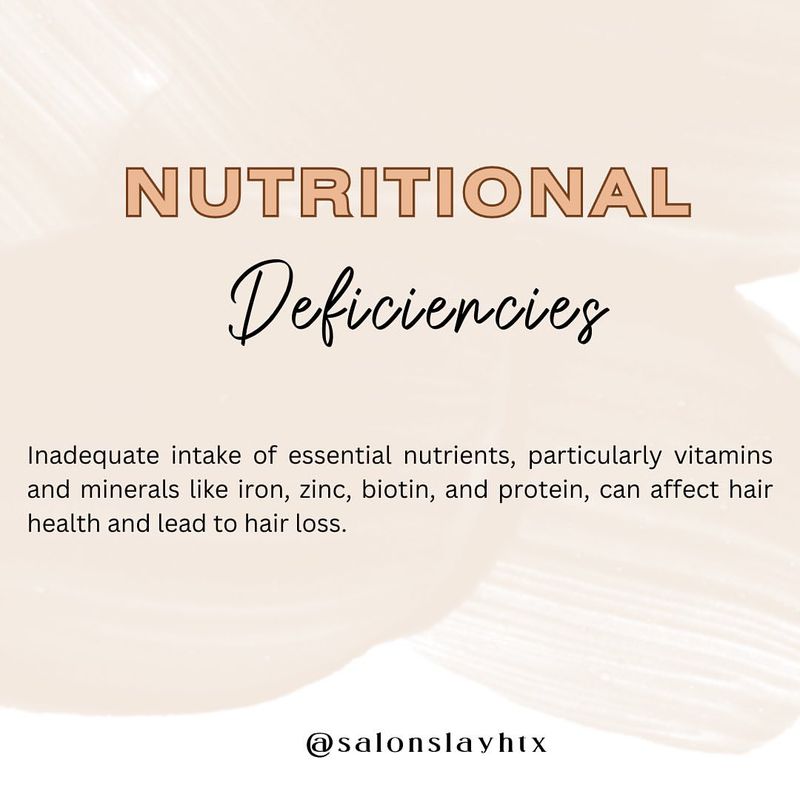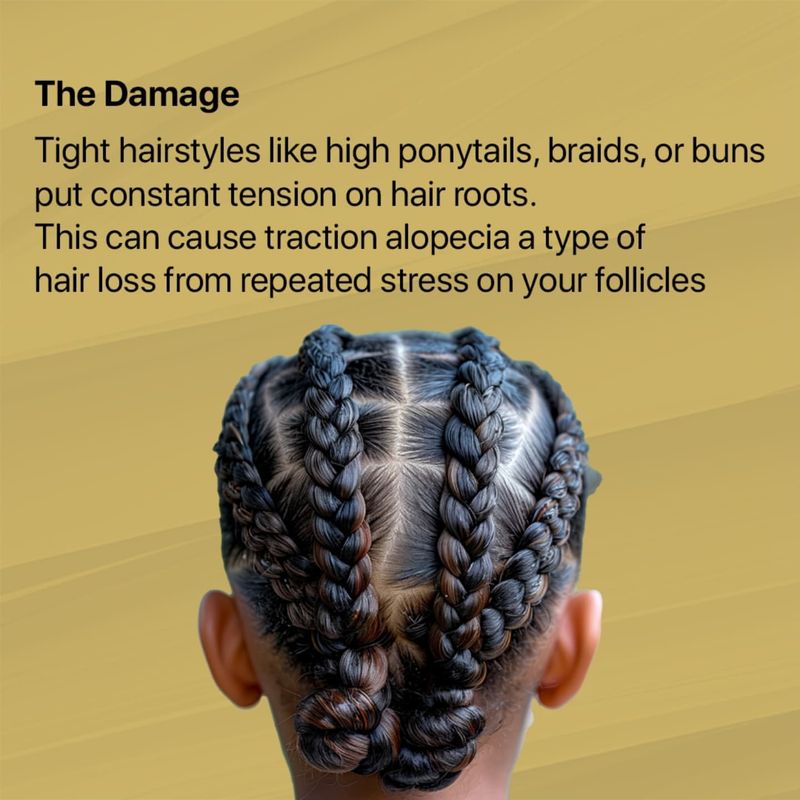Your products are clean, your tools are pro—but your hair still isn’t thriving? The culprit might be hiding in your everyday habits. From how you sleep to what you eat, these common (and often surprising) mistakes could be silently wrecking your hair. Here’s what to stop doing—and what to do instead—to finally see healthy, thriving strands.
1. Skipping Regular Scalp Exfoliation
Product buildup, dead skin cells, and excess oil can clog follicles. Skipping scalp exfoliation can lead to inflammation and hinder healthy hair growth.
2. Using Alcohol-Based Styling Products
Many gels, mousses, and sprays contain high alcohol content, which can dry out hair strands and scalp, leading to brittleness and increased shedding over time.
Related: -7 Straight-Hair Problems No One Talks About And 8 Easy Fixes That Shine
4. Skipping Regular Trims
Avoiding regular trims can result in split ends, which may travel up the hair shaft, causing further damage. By trimming hair every 6-8 weeks, you can prevent breakage and maintain the integrity of your hair.
5. Neglecting Scalp Health
Ignoring scalp health is a common oversight that can lead to hair loss. An unhealthy scalp environment can prevent hair from growing strong and healthy.
6. Using Harsh Hair Products
Harsh hair products, laden with sulfates and parabens, strip hair of its natural oils, leaving it dry and brittle. Opting for sulfate-free shampoos and conditioners can make a significant difference.
7. Ignoring Stress Management
Chronic stress is a lesser-known cause of hair loss. It can trigger conditions like telogen effluvium, where hair prematurely enters the resting phase and falls out. Engaging in stress-relieving activities, such as yoga or meditation, can help manage stress levels.
8. Over-brushing Hair
Brushing hair more than necessary can weaken the strands, causing breakage. While brushing helps distribute natural oils, overdoing it can lead to damage.
9. Under-hydration
Staying hydrated is essential for overall health, including hair health. Dehydration can leave hair looking dull and lifeless. Drinking plenty of water daily helps keep hair hydrated from within.
10. Smoking
Smoking affects more than just lungs; it can also impact hair health. Toxins from cigarettes can damage hair follicles, leading to thinning hair. Quitting smoking not only improves overall health but can also enhance hair growth.
11. Excessive Hair Dying
Frequently dyeing hair, especially with chemical-laden products, can strip hair of its natural oils and proteins. The result is dry, brittle hair prone to breaking. Giving your hair breaks between dyeing sessions and using nourishing treatments can help maintain hair strength.
12. Sleeping on Rough Pillowcases
Rough pillowcases, like those made from cotton, can cause friction and lead to hair breakage. Switching to silk or satin pillowcases can reduce this friction, helping hair retain its moisture and reducing tangling.
13. Lack of Sun Protection
Prolonged sun exposure can damage hair, similar to how it affects skin. UV rays can deplete hair’s natural proteins, leading to dryness and brittleness.
14. Neglecting Regular Conditioning
Regular conditioning is vital to maintaining hair moisture and preventing dryness. Skipping conditioner or using inadequate products can leave hair vulnerable to breakage.
15. Overexposure to Chlorine
Chlorine in pools can strip hair of its natural oils, leading to dryness and brittleness. Over time, this can cause significant damage. Wearing a swim cap or rinsing hair thoroughly after swimming can help mitigate chlorine’s effects.
16. Not Addressing Medical Conditions
Medical conditions like thyroid issues or hormonal imbalances can contribute to hair loss. Ignoring these underlying problems can lead to continued hair thinning.
17. Excessive Use of Dry Shampoo
While dry shampoo can be a convenient solution for freshening hair, overuse can lead to scalp buildup and blocked follicles. This can hinder hair growth and contribute to hair loss. Limit dry shampoo use and ensure regular washing to keep the scalp clean.
18. Poor Hair Washing Techniques
Improper hair washing techniques, like using hot water or scrubbing too harshly, can damage hair. Hot water strips natural oils, leaving hair dry and brittle.
19. Not Using a Hair Protectant
When styling with heat, using a hair protectant is crucial to shield hair from damage. These sprays or creams create a barrier, reducing the impact of high temperatures.
20. Ignoring Seasonal Hair Care
Hair care needs change with the seasons. Neglecting to adjust your routine according to the weather can lead to dryness or oiliness. In winter, focus on hydration, while in summer, protect against sun and humidity.
21. Wearing Heavy Hair Accessories
Heavy hair accessories can place unnecessary stress on the hair shaft, leading to breakage. Opt for lighter options to minimize tension. This simple switch helps prevent damage and maintains hair integrity.
22. Not Detangling Hair Properly
Detangling hair harshly can cause breakage and stress on the hair. Using the right tools, like a wide-toothed comb, can make a difference.
23. Using Hot Water for Washing
Hot water can strip hair of its natural oils, leaving it dry and brittle. Opting for lukewarm water helps maintain moisture balance and prevent damage.
24. Frequent Chemical Treatments
Chemical treatments, such as relaxers or perms, can weaken hair over time. These processes alter the hair’s structure, making it prone to breakage. Limiting the frequency of chemical treatments and opting for less harsh options can help maintain hair strength.
25. Ignoring Early Signs of Hair Loss
Ignoring early signs of hair loss, such as thinning or increased shedding, can lead to more significant issues. Addressing these signs early on with the help of a dermatologist can prevent further loss.
26. Overuse of Hair Extensions
Hair extensions, while a quick fix for added volume, can pull on natural hair, causing tension and breakage. Limiting their use and opting for high-quality extensions can mitigate damage.
27. Not Using a Wide-Toothed Comb
Using the wrong type of comb, especially on wet hair, can cause breakage. A wide-toothed comb is gentle and helps minimize damage when detangling. It’s particularly effective on wet hair, which is more vulnerable.
28. Lack of Protein in Diet
Protein is a building block for strong, healthy hair. A diet low in protein can lead to hair that is weak and prone to breakage. Including protein-rich foods like eggs, fish, and lean meats in your diet helps support hair structure.
29. Frequent Use of Hair Sprays
Excessive use of hair sprays can lead to product buildup and dryness. These sprays often contain alcohol, which can dry out your hair. Limiting their use and opting for alcohol-free alternatives can help maintain moisture.
30. Infrequent Hair Washing
Washing hair too infrequently can lead to scalp buildup, blocking hair follicles and impeding growth. Maintaining a regular washing schedule appropriate for your hair type helps keep the scalp clean and healthy.
31. Not Addressing Dandruff
Dandruff can lead to an unhealthy scalp environment, affecting hair growth. Ignoring this issue can exacerbate hair loss. Using specialized anti-dandruff shampoos and maintaining a healthy scalp routine can alleviate symptoms.
32. Using the Wrong Hair Brush
The wrong hair brush can cause unnecessary stress and breakage. Brushes with hard bristles can damage hair cuticles and lead to split ends. Opt for soft-bristle brushes that are gentle on hair.
33. Not Changing Hair Products Regularly
Using the same hair products for too long can lead to buildup and reduced effectiveness. Hair needs change over time, requiring adjustments in products to meet these evolving needs.
34. Excessive Blow-drying
Blow-drying too frequently or at high temperatures can lead to hair damage. The heat weakens hair fibers, making them prone to breakage. Allowing hair to air dry when possible and using the blow dryer on a cooler setting can mitigate damage.
35. Rough Towel Drying
Rough towel drying can cause friction and lead to hair breakage. Using a soft towel or an old T-shirt to gently pat hair dry minimizes damage. Avoid rubbing hair harshly, which can weaken strands and cause frizz.
36. Ignoring Balancing Hormones
Hormonal imbalances can contribute to hair loss, especially during menopause. Consulting with healthcare professionals to manage hormone levels can help mitigate this effect.
37. Lack of Regular Scalp Massage
A regular scalp massage can promote blood circulation, essential for healthy hair growth. Ignoring this simple practice can mean missing out on its benefits. Incorporating a few minutes of scalp massage into your routine can enhance nutrient delivery to hair follicles.
38. Failure to Address Hair Loss Concerns
Ignoring hair loss concerns can delay effective treatment. Consulting a dermatologist for advice on hair thinning can lead to targeted solutions.
39. Over Washing Hair
Overwashing can strip mature hair of essential oils, leading to dryness and brittleness. It can also cause the scalp to produce more oil, worsening the appearance of hair.
40. Sun Protection
Sun protection is crucial for older women’s hair, as UV rays can cause dryness, fading, and brittleness. Wearing hats or using UV protection products helps maintain healthy locks.
41. Overuse of Heat Styling Tools
Relying heavily on heat styling tools, like straighteners and curling irons, can weaken your hair over time. Using these tools daily or at high temperatures strips hair of its natural moisture, making it brittle.
42. Inadequate Nutrient Intake
A diet lacking essential nutrients can significantly affect hair health. Iron, vitamin D, and protein are crucial for hair strength.
3. Tight Hairstyles
Tight hairstyles can cause tension on the hair follicles, leading to breakage and hair loss over time. Styles such as tight ponytails or braids apply constant pressure. Opt for looser hairstyles to reduce this strain, allowing hair to move naturally.

